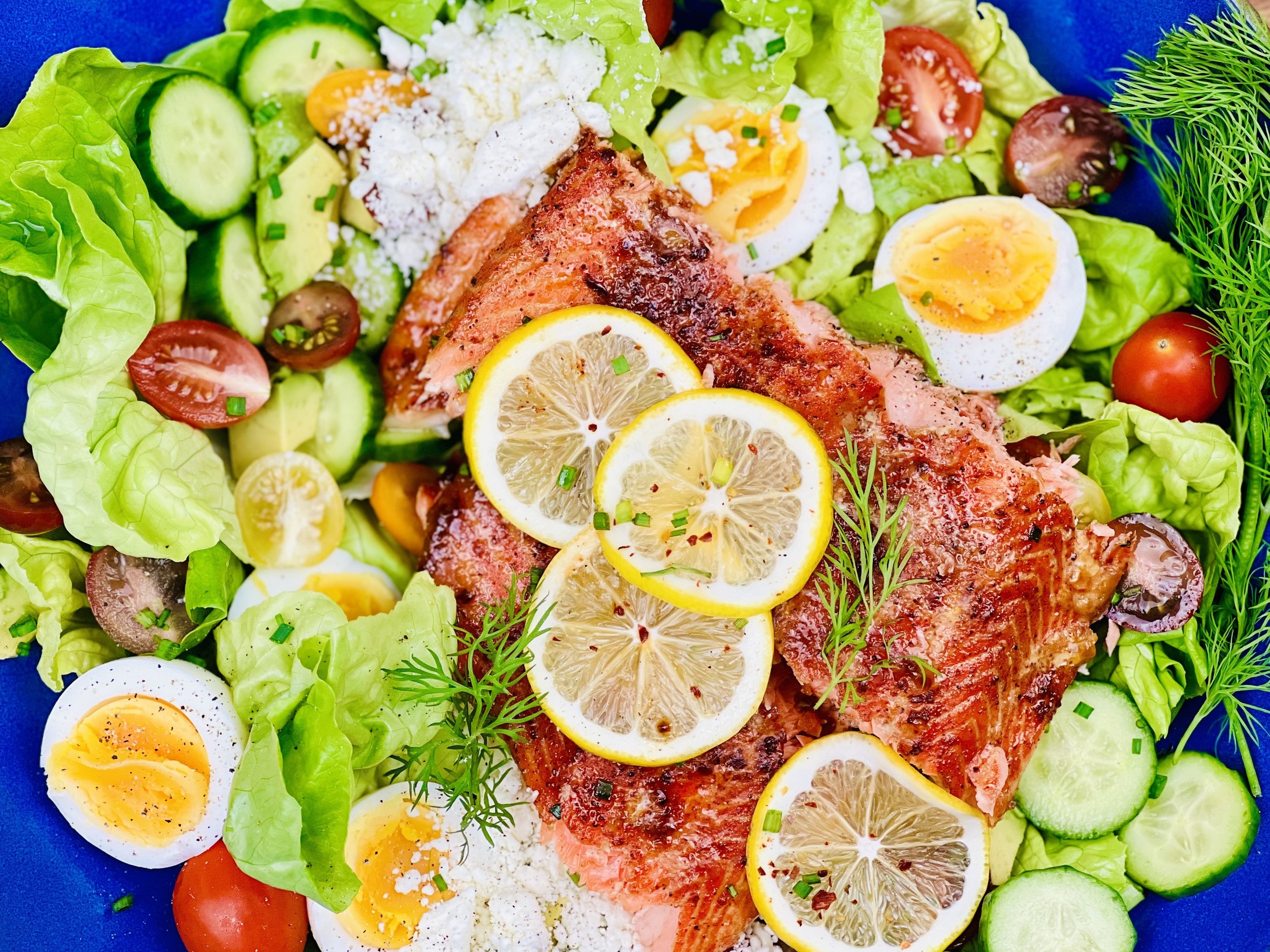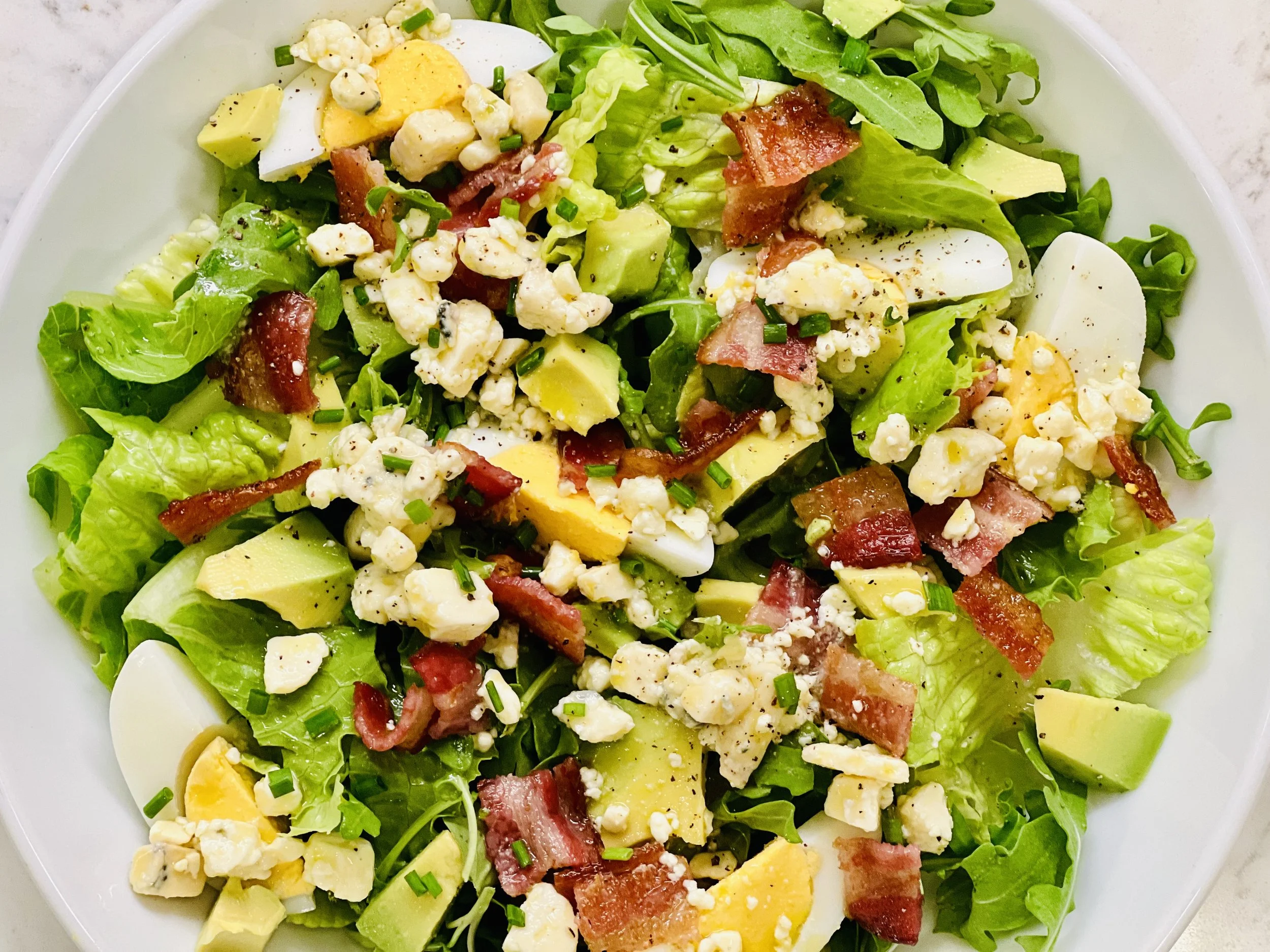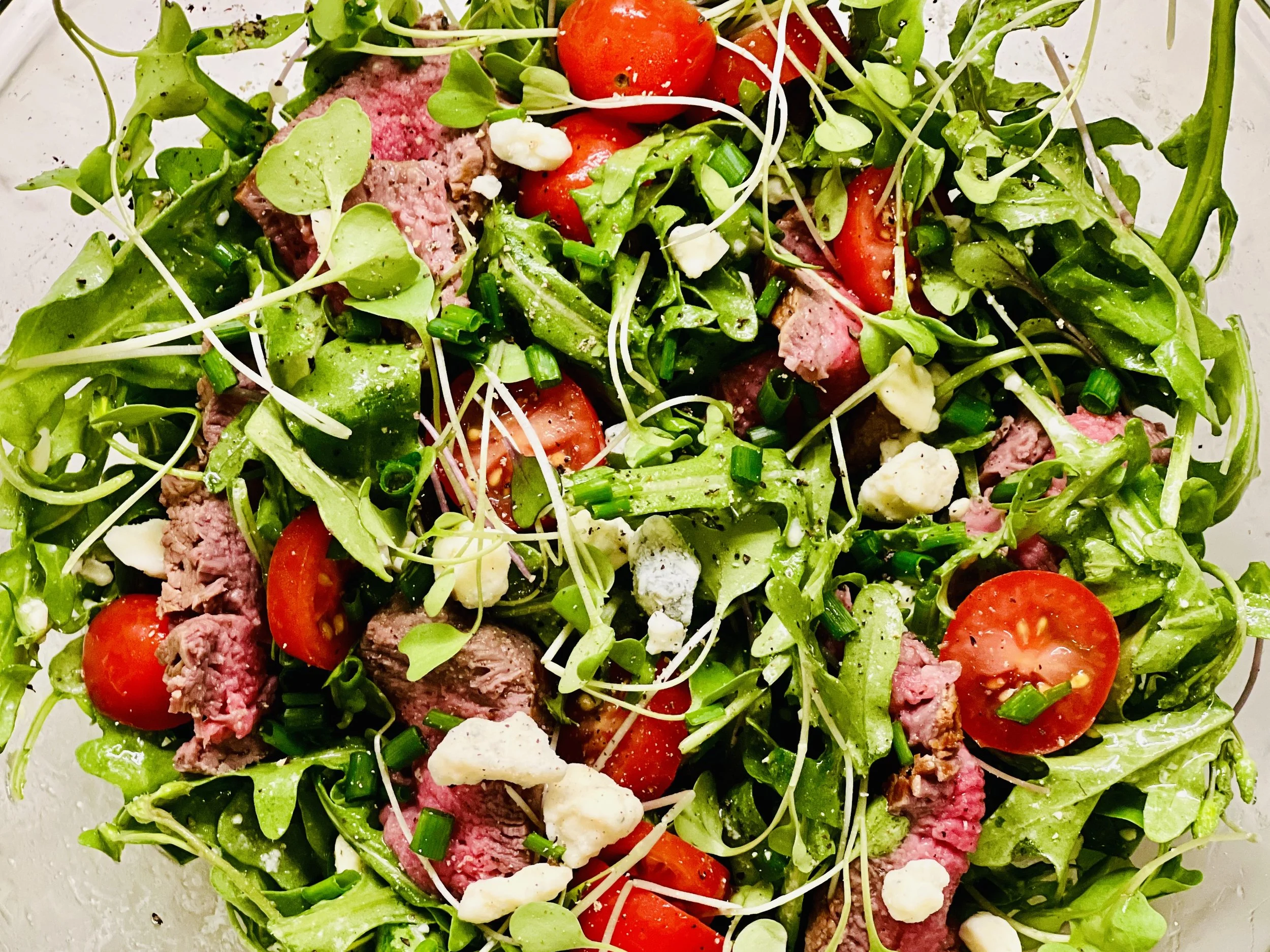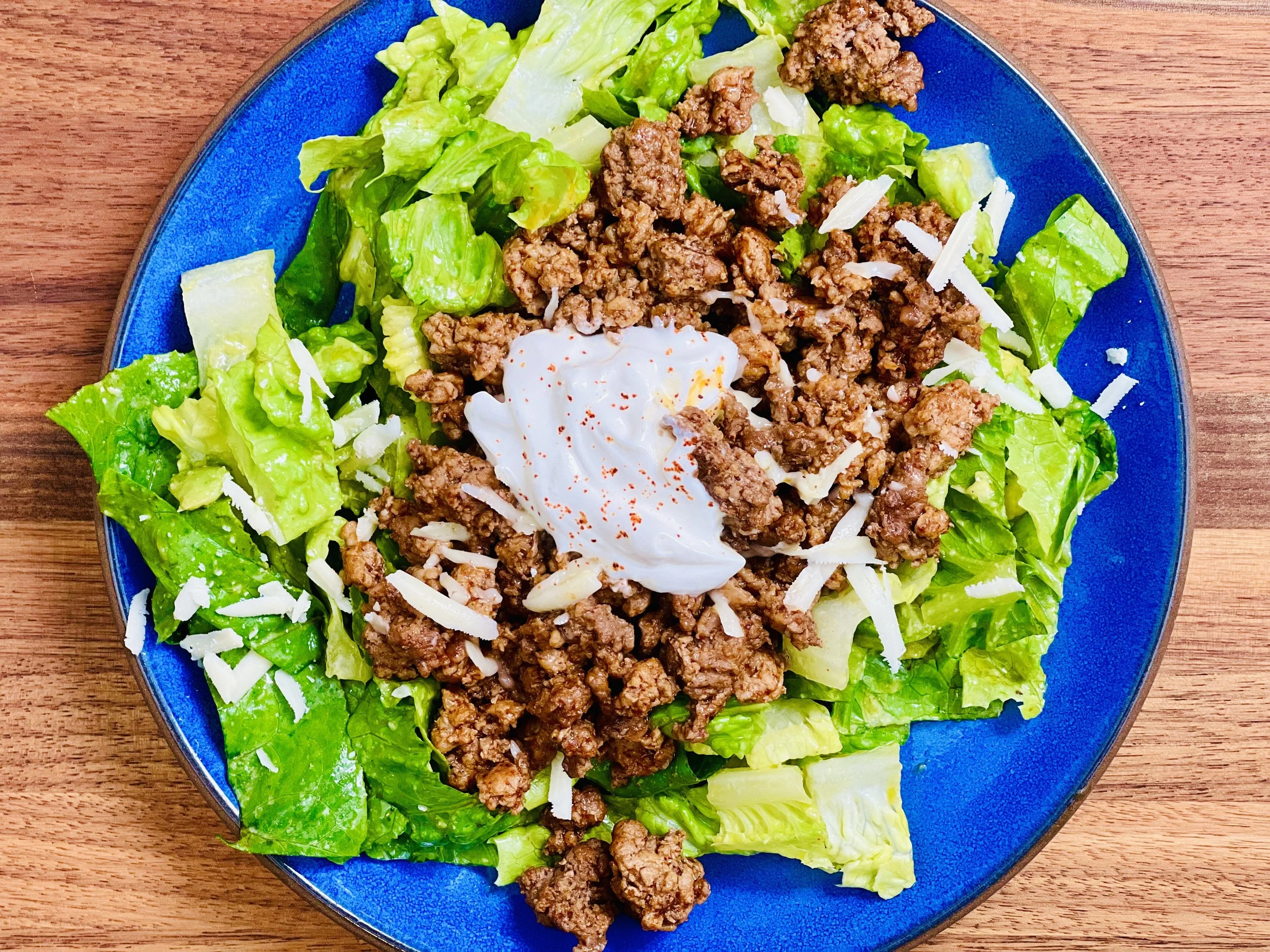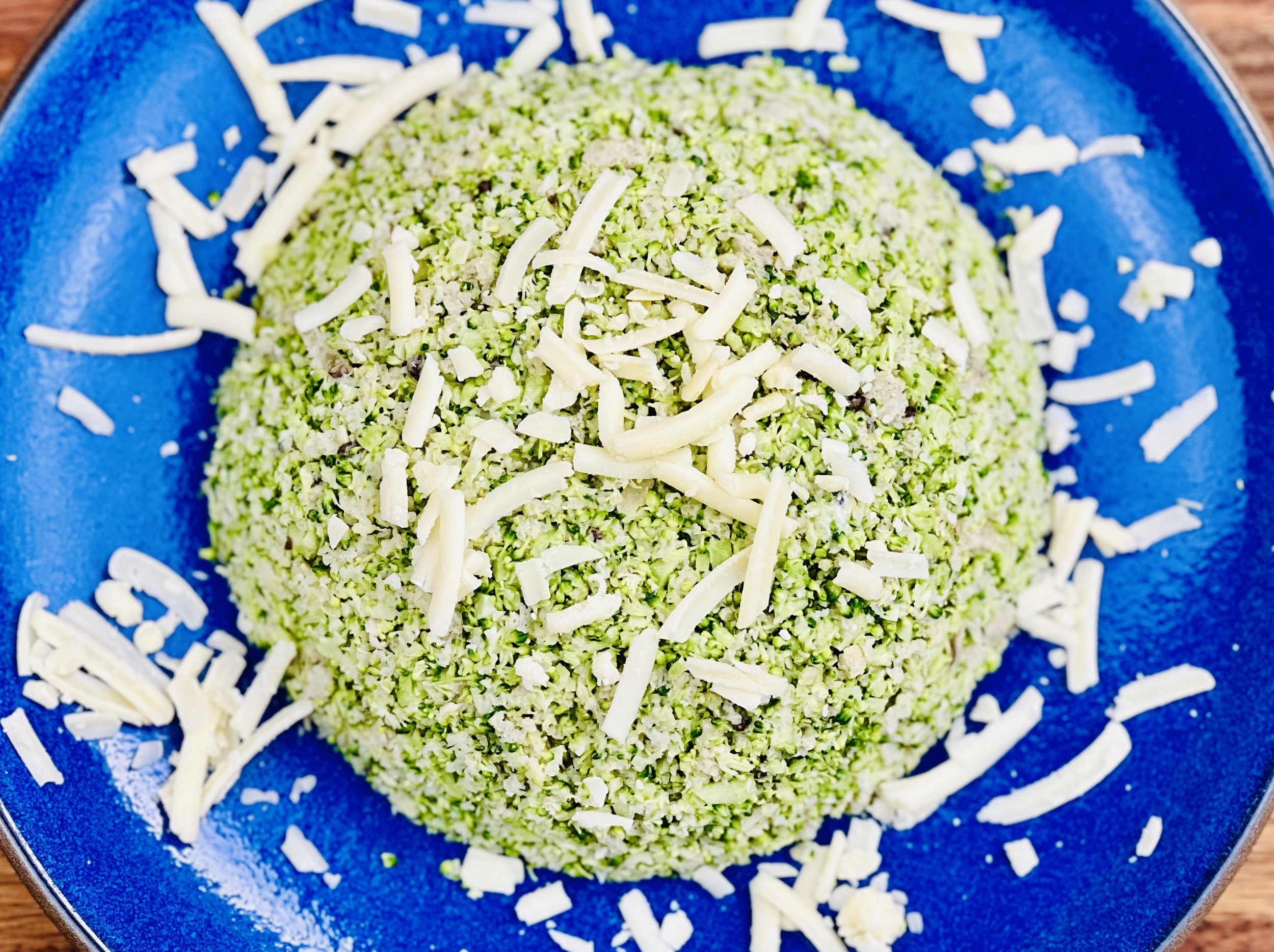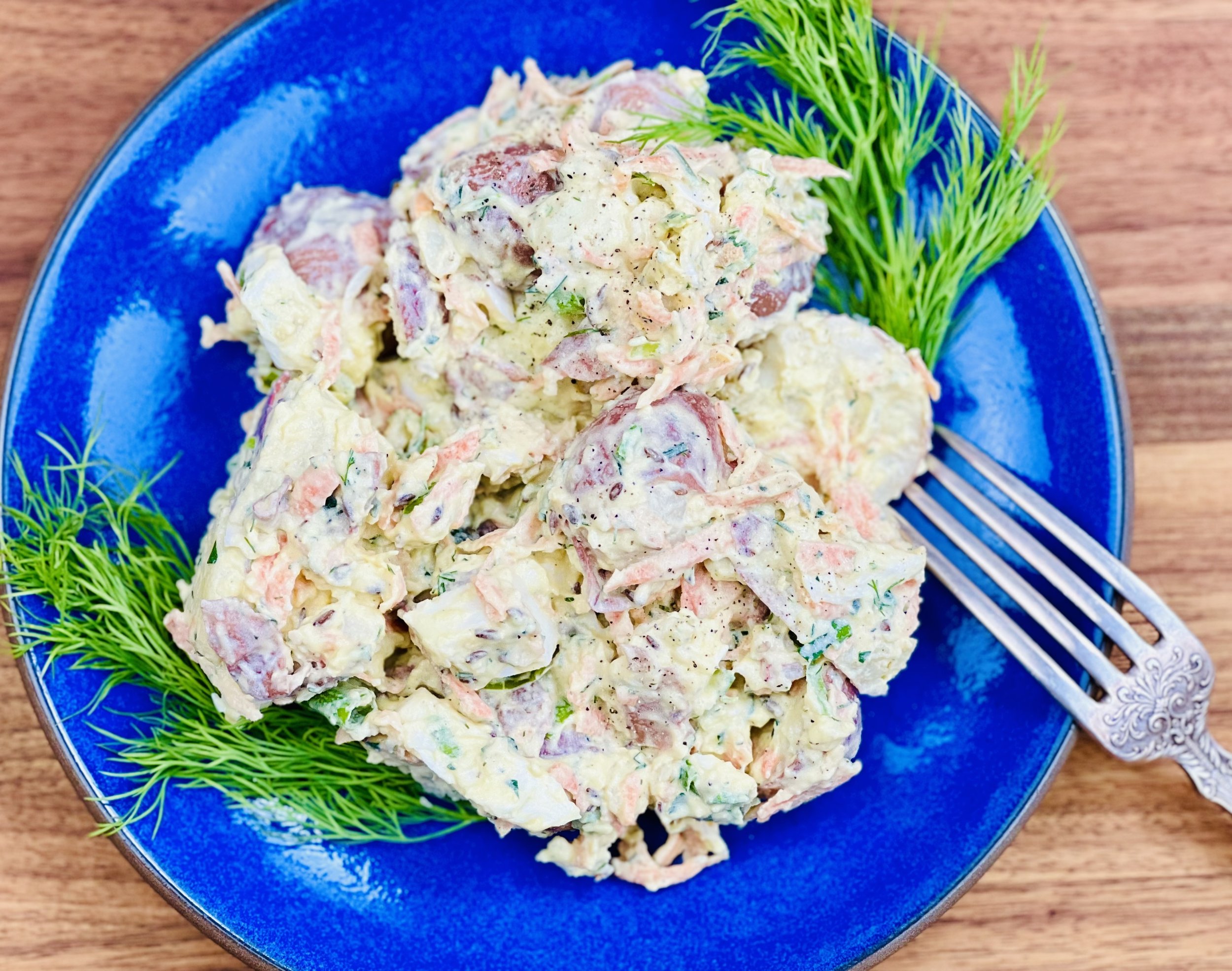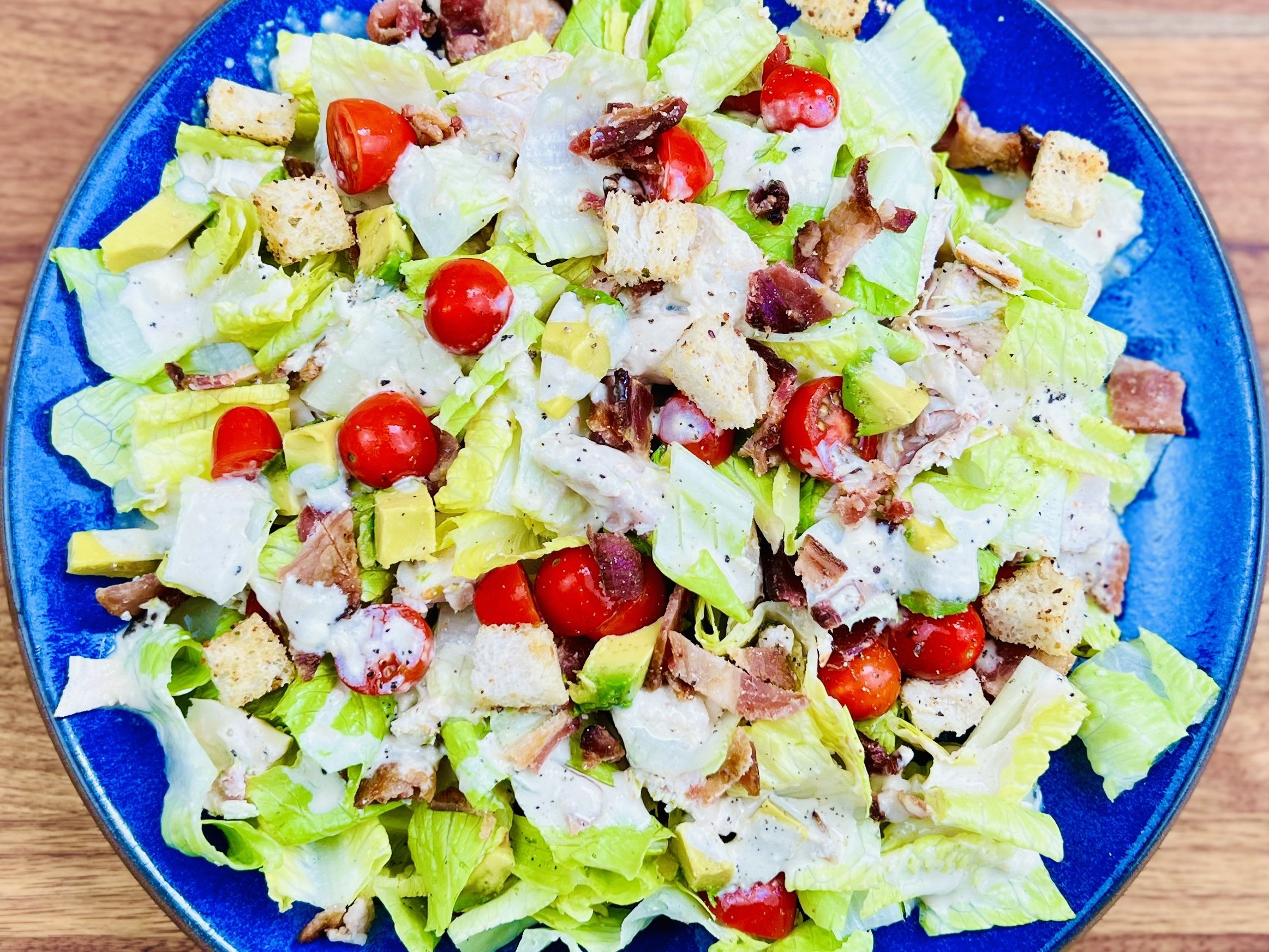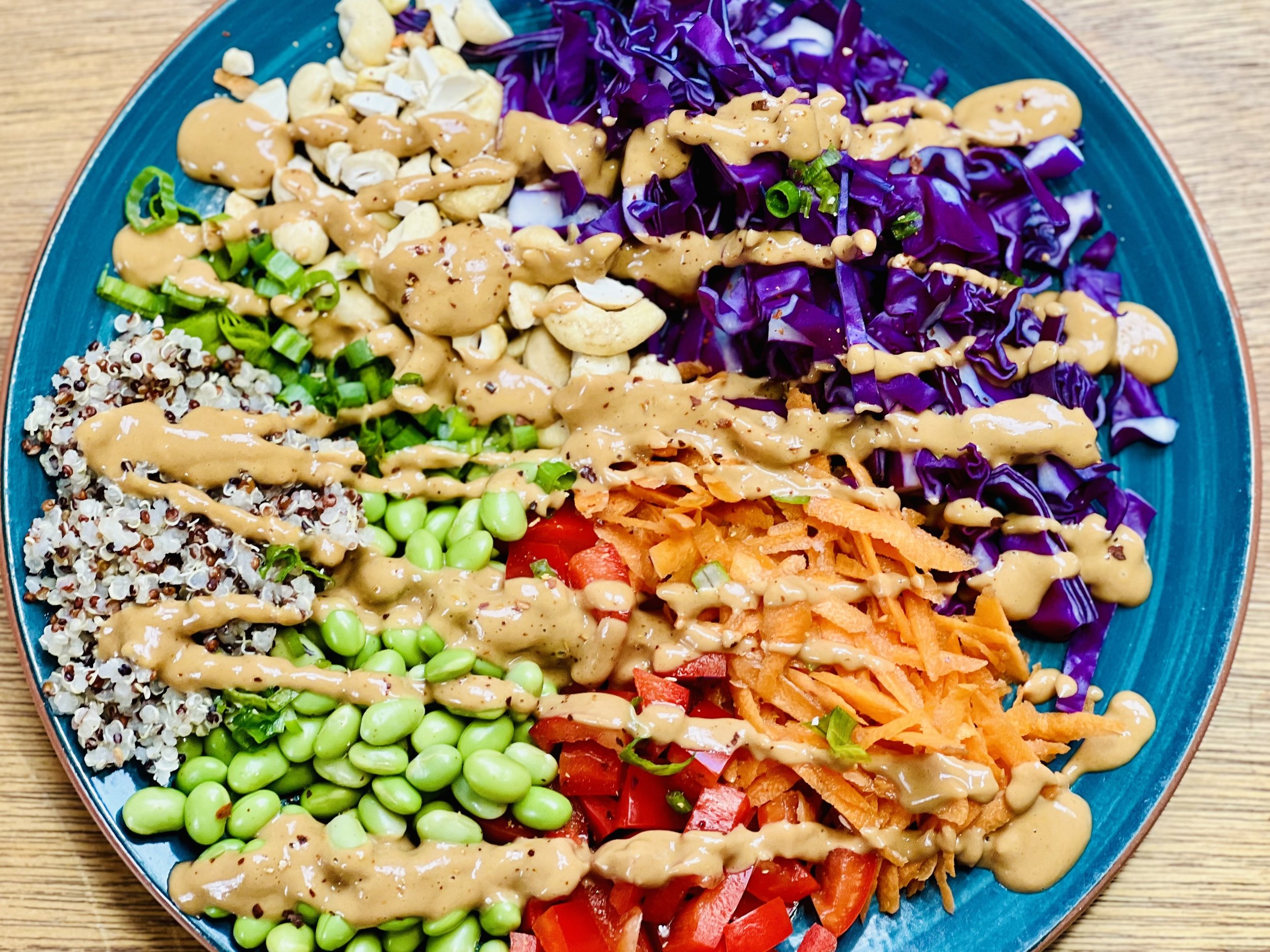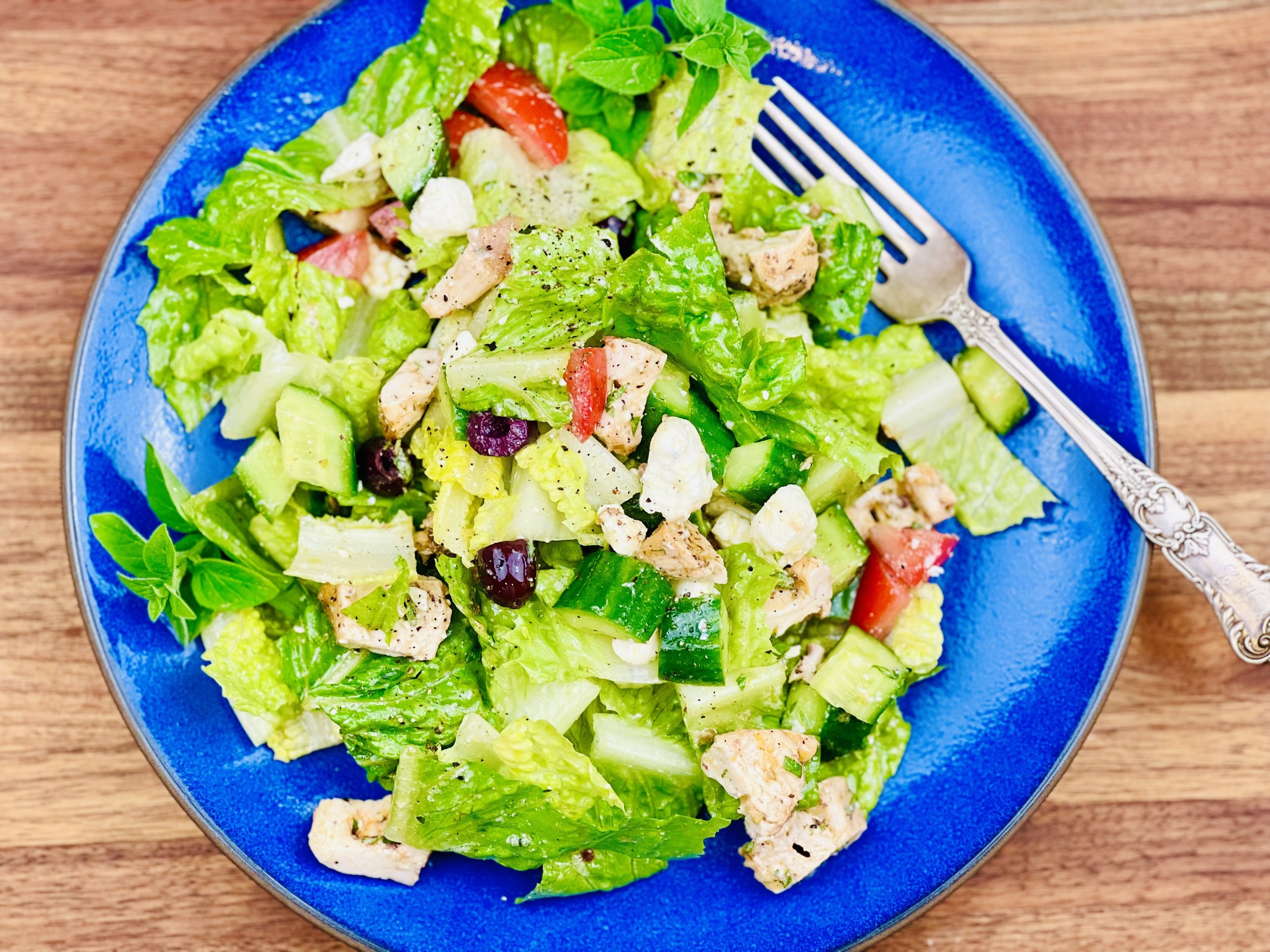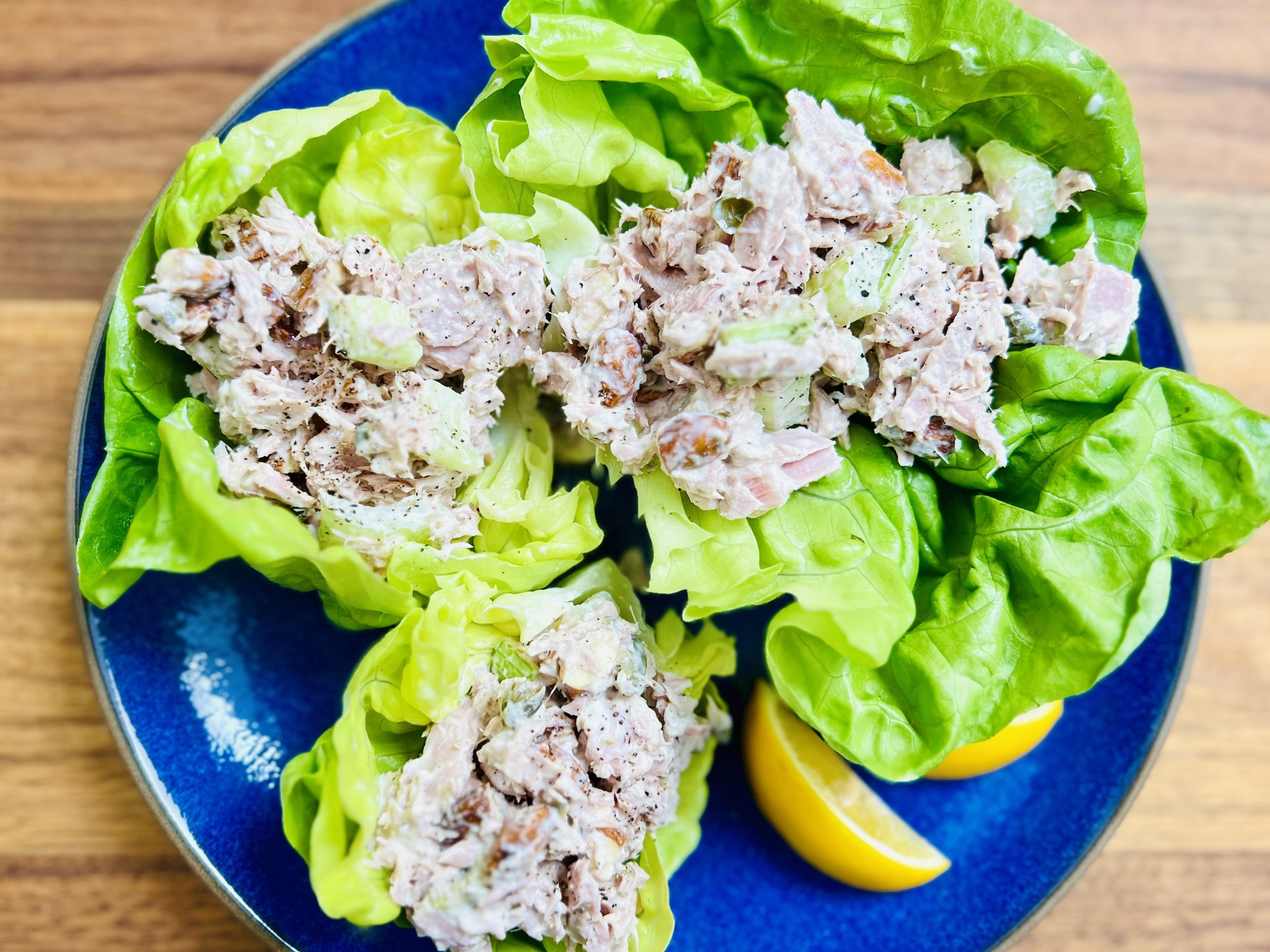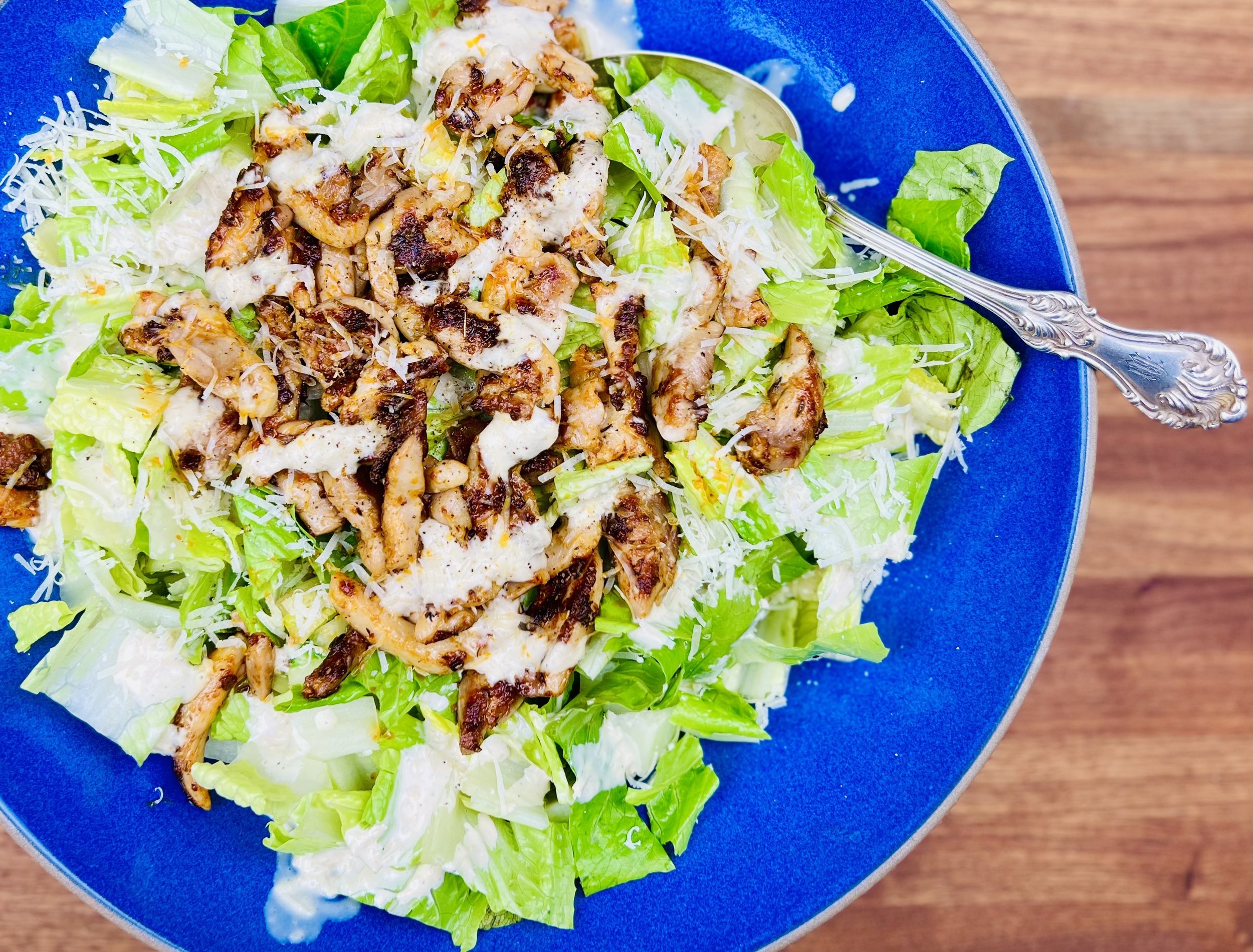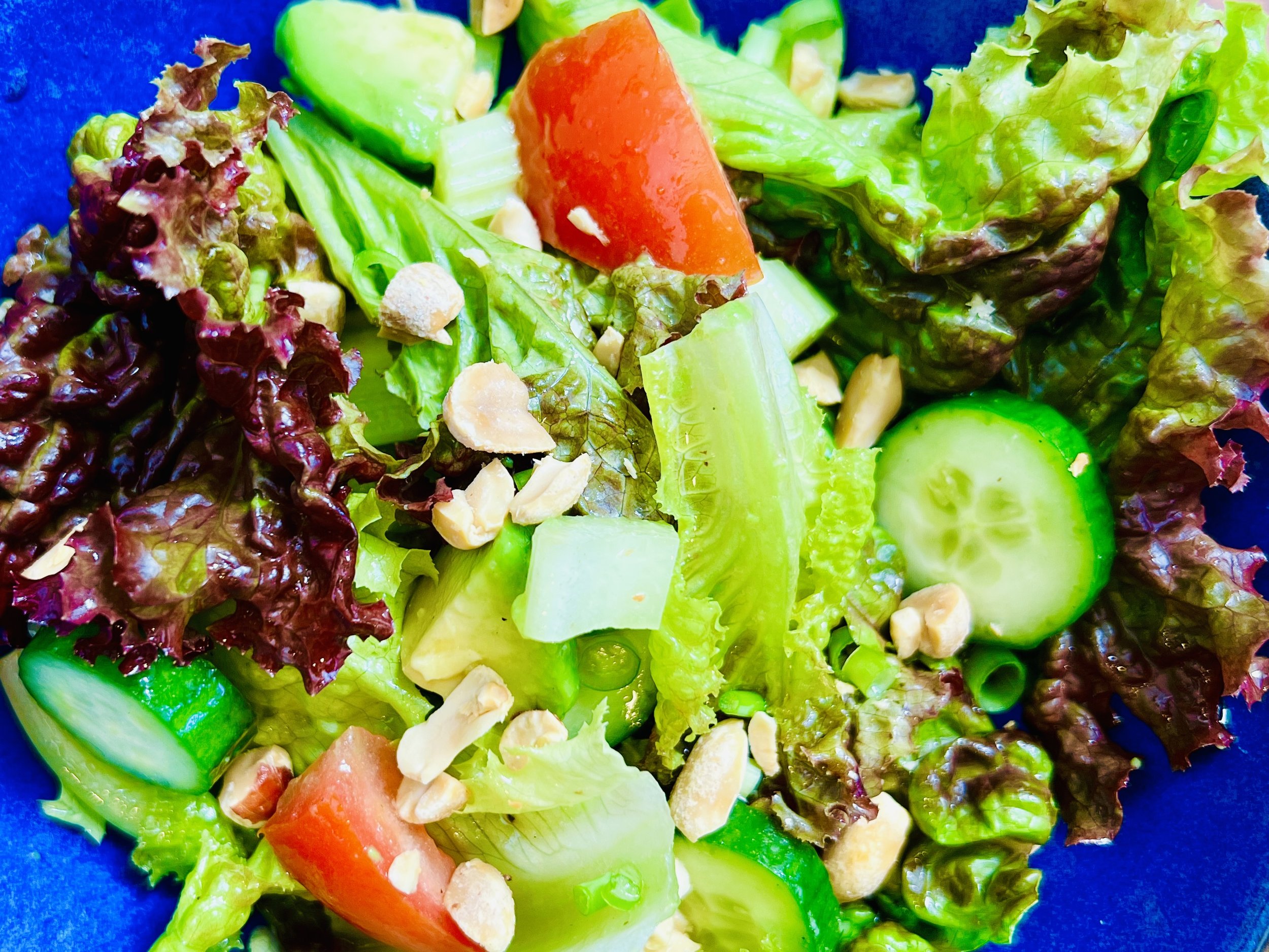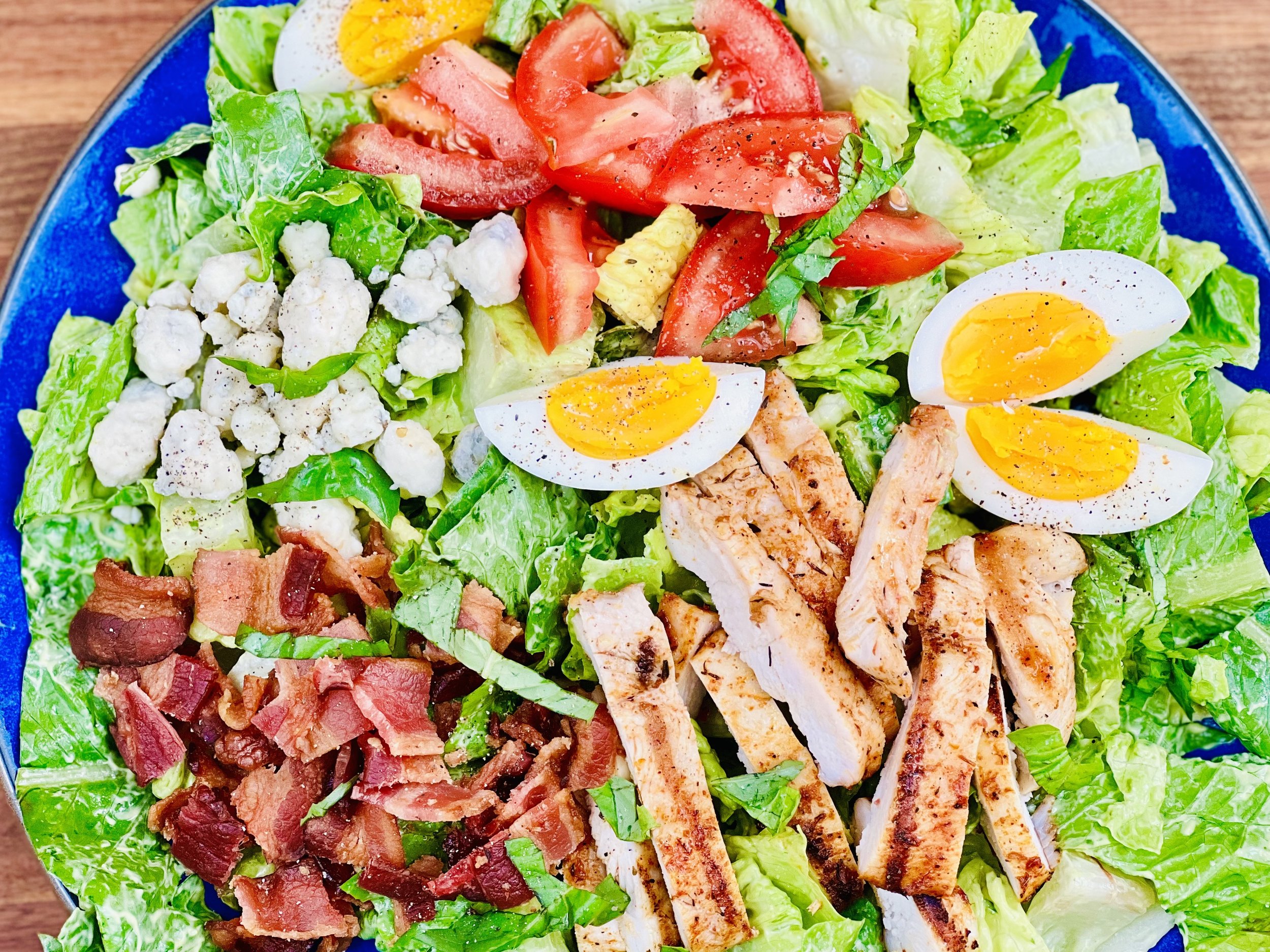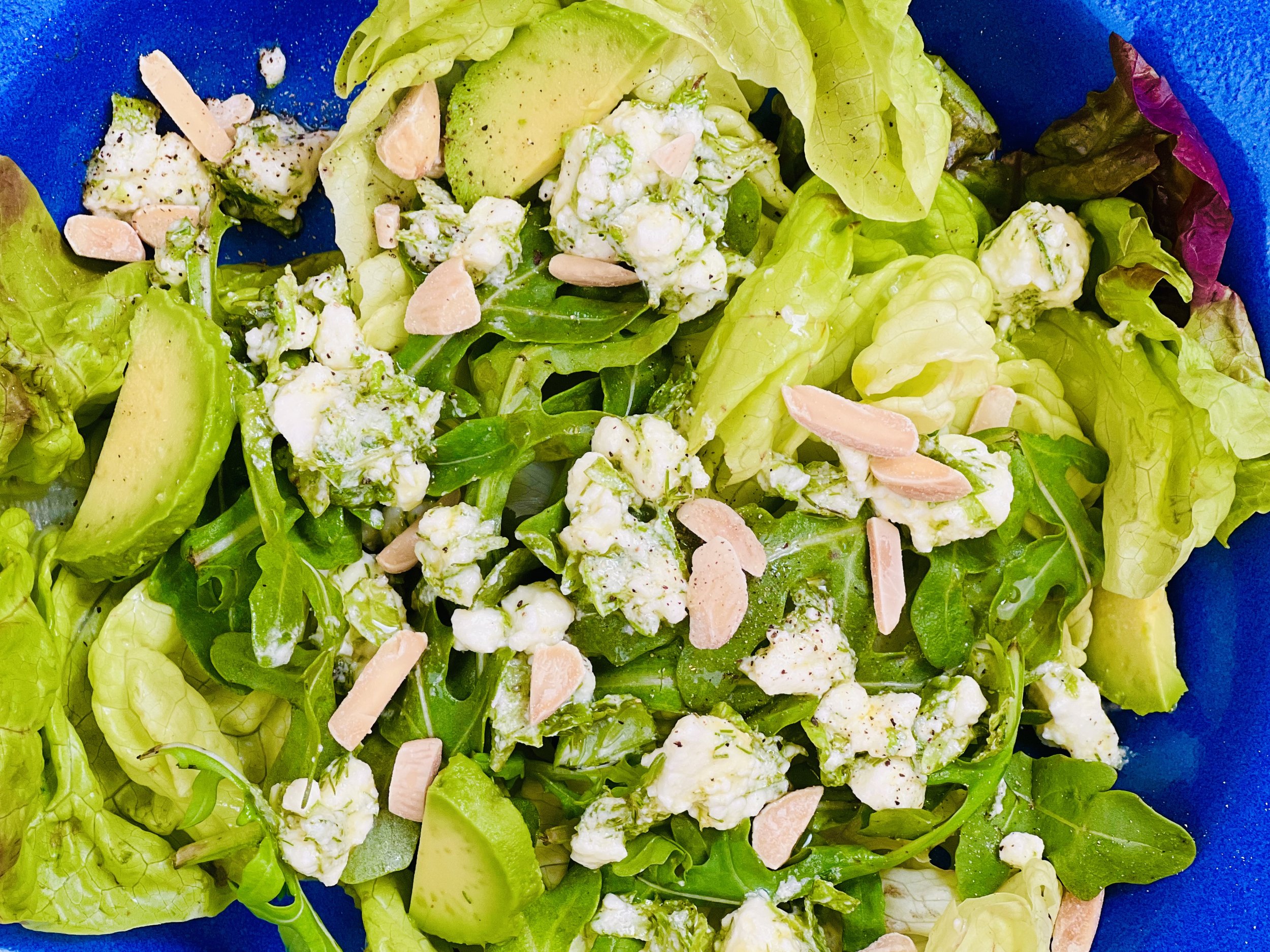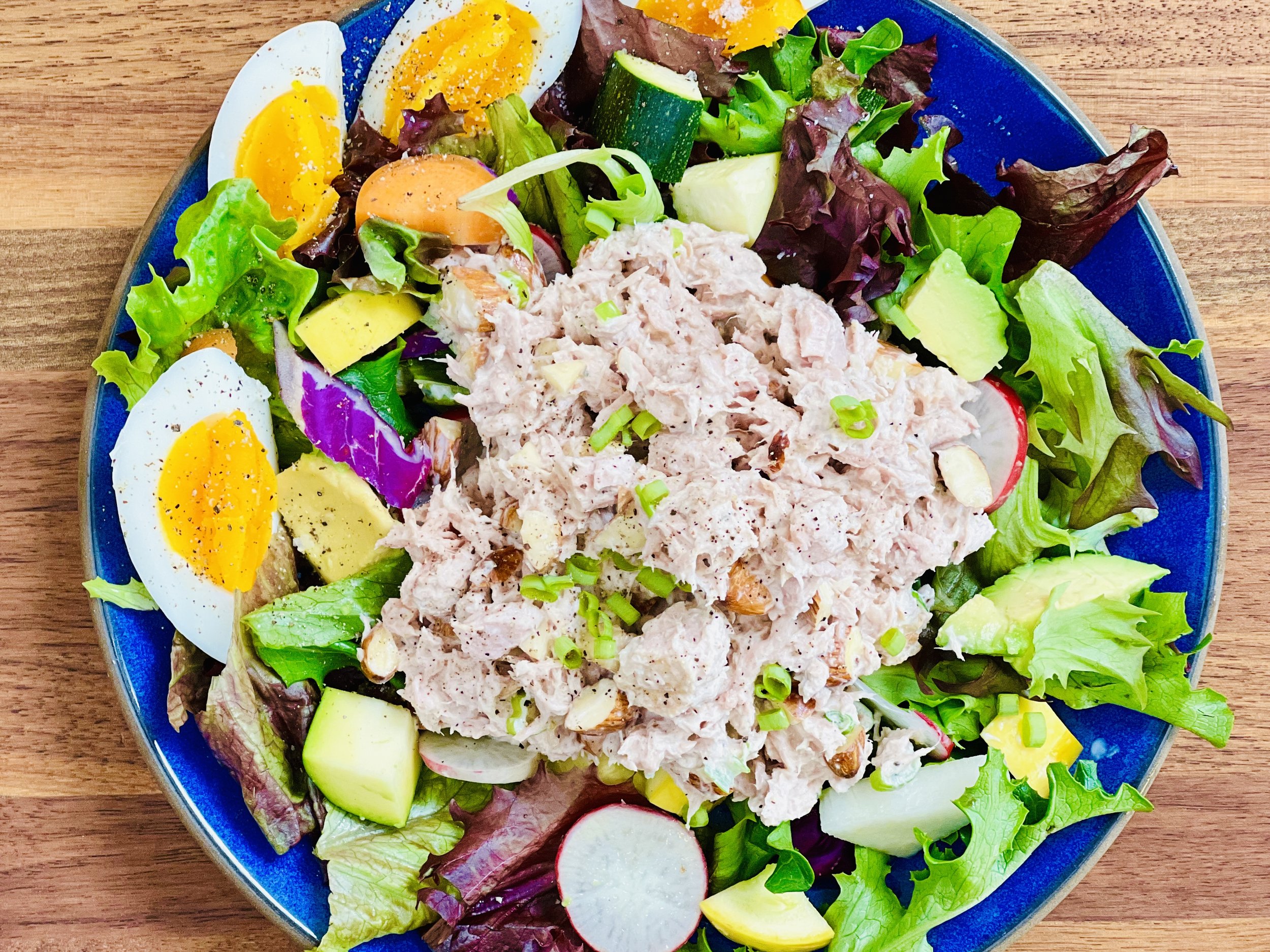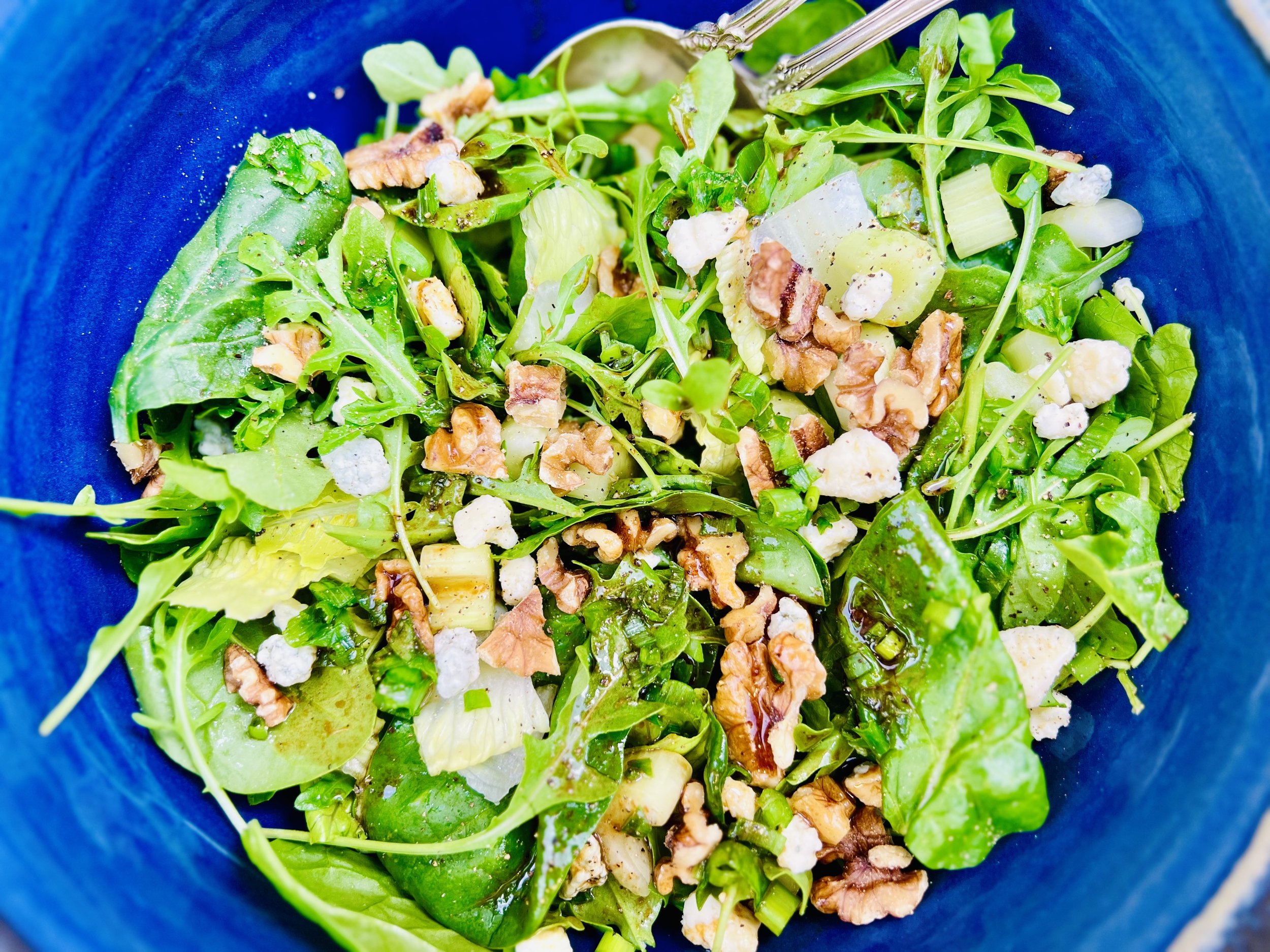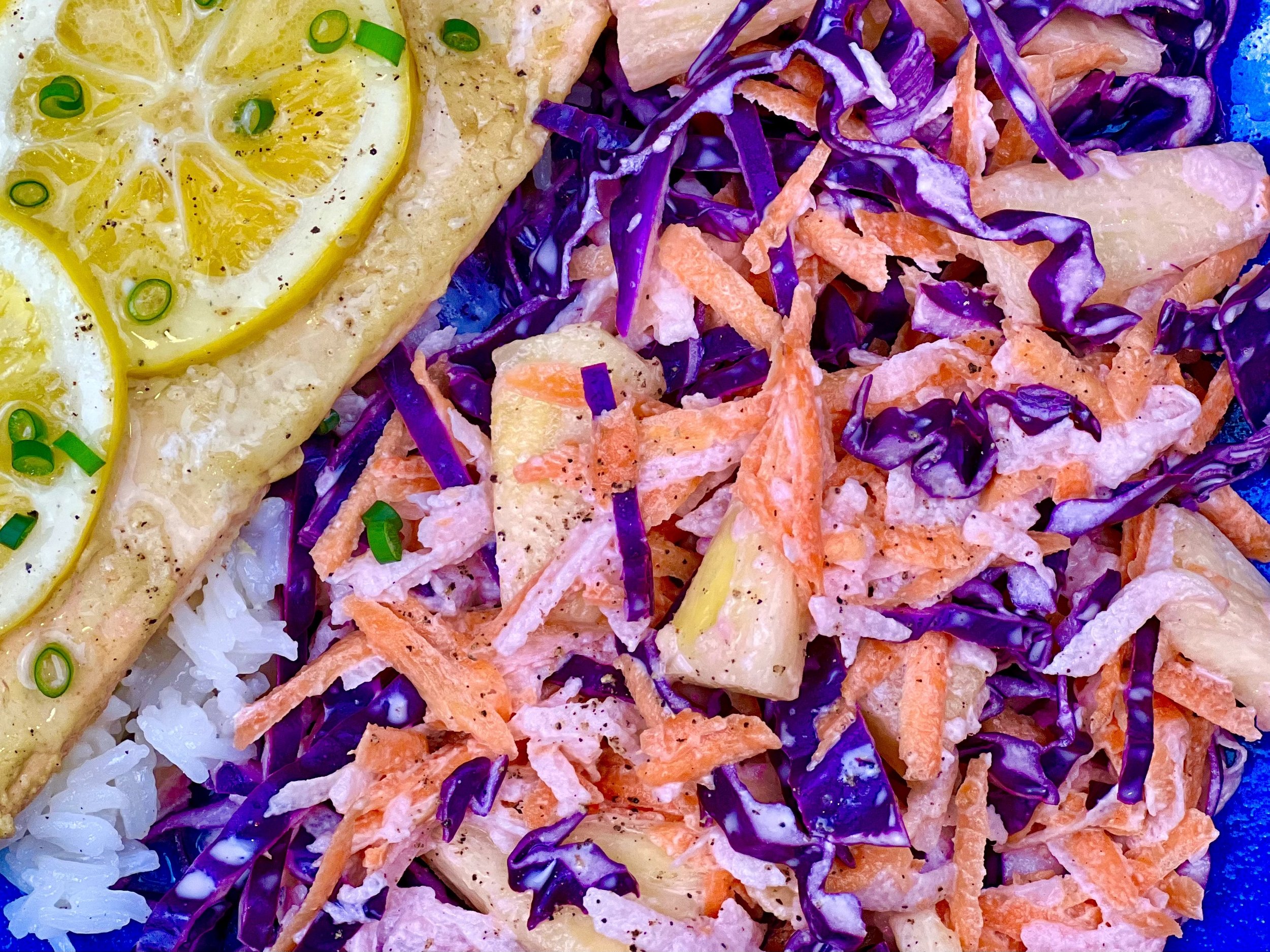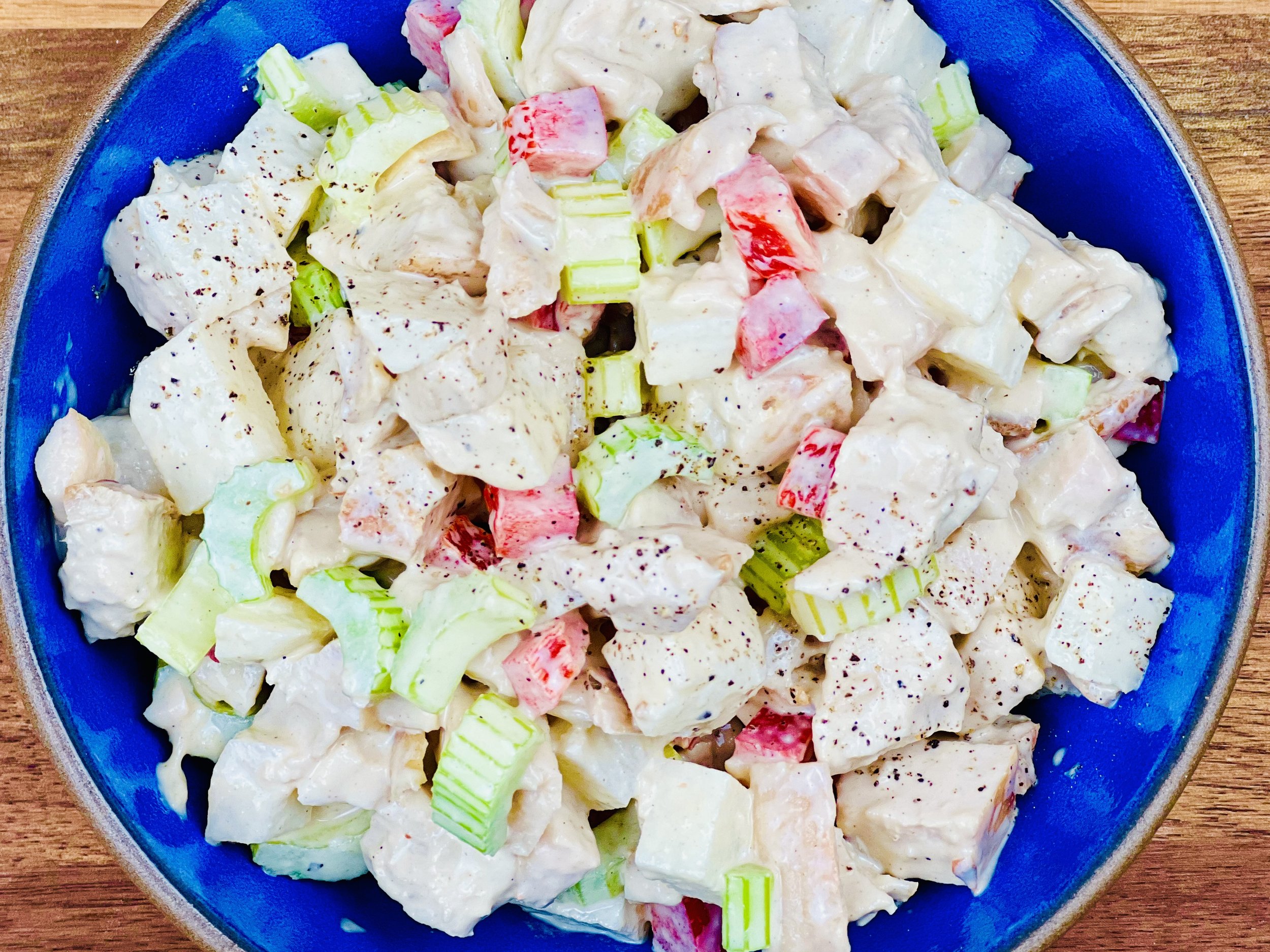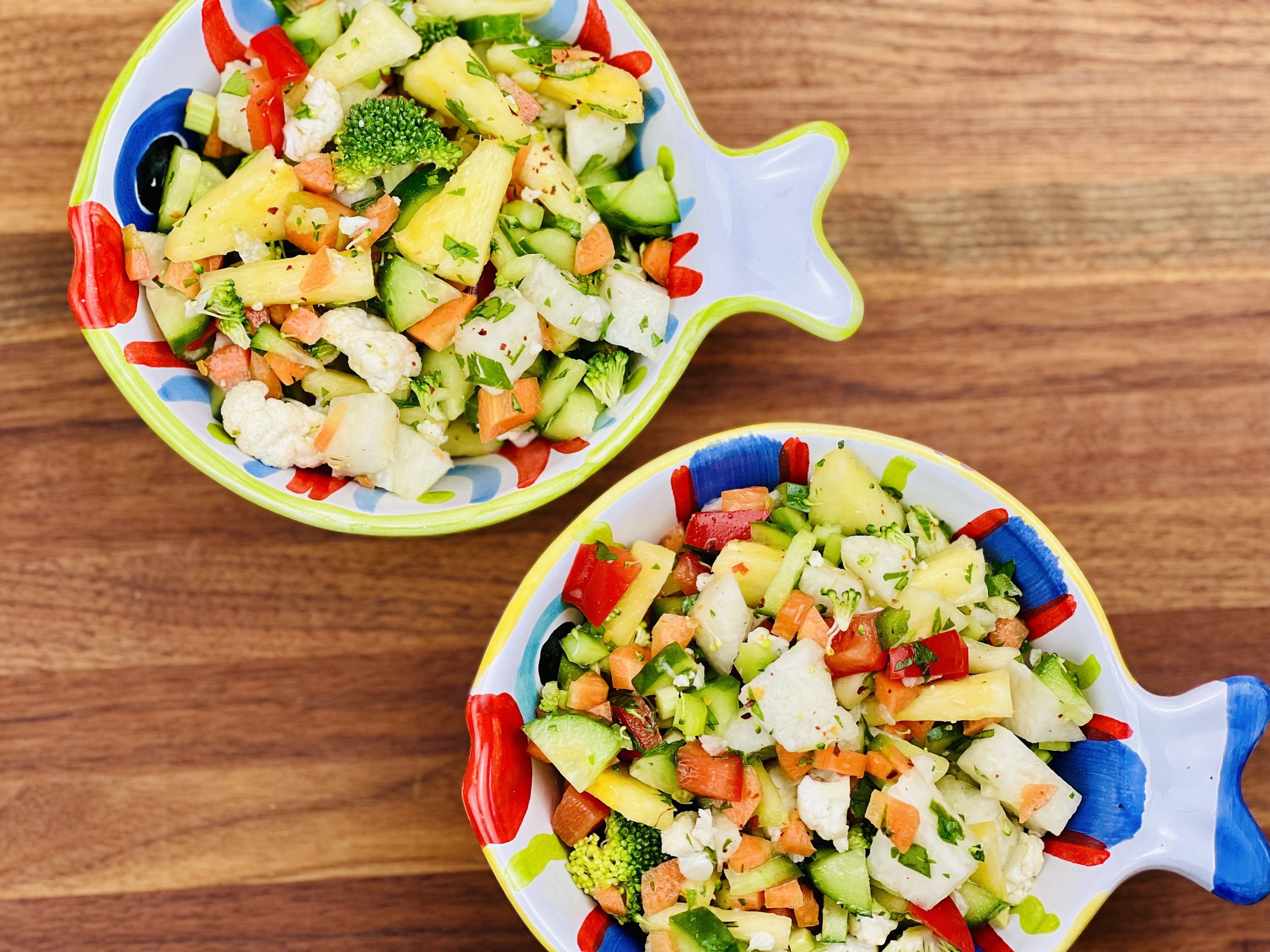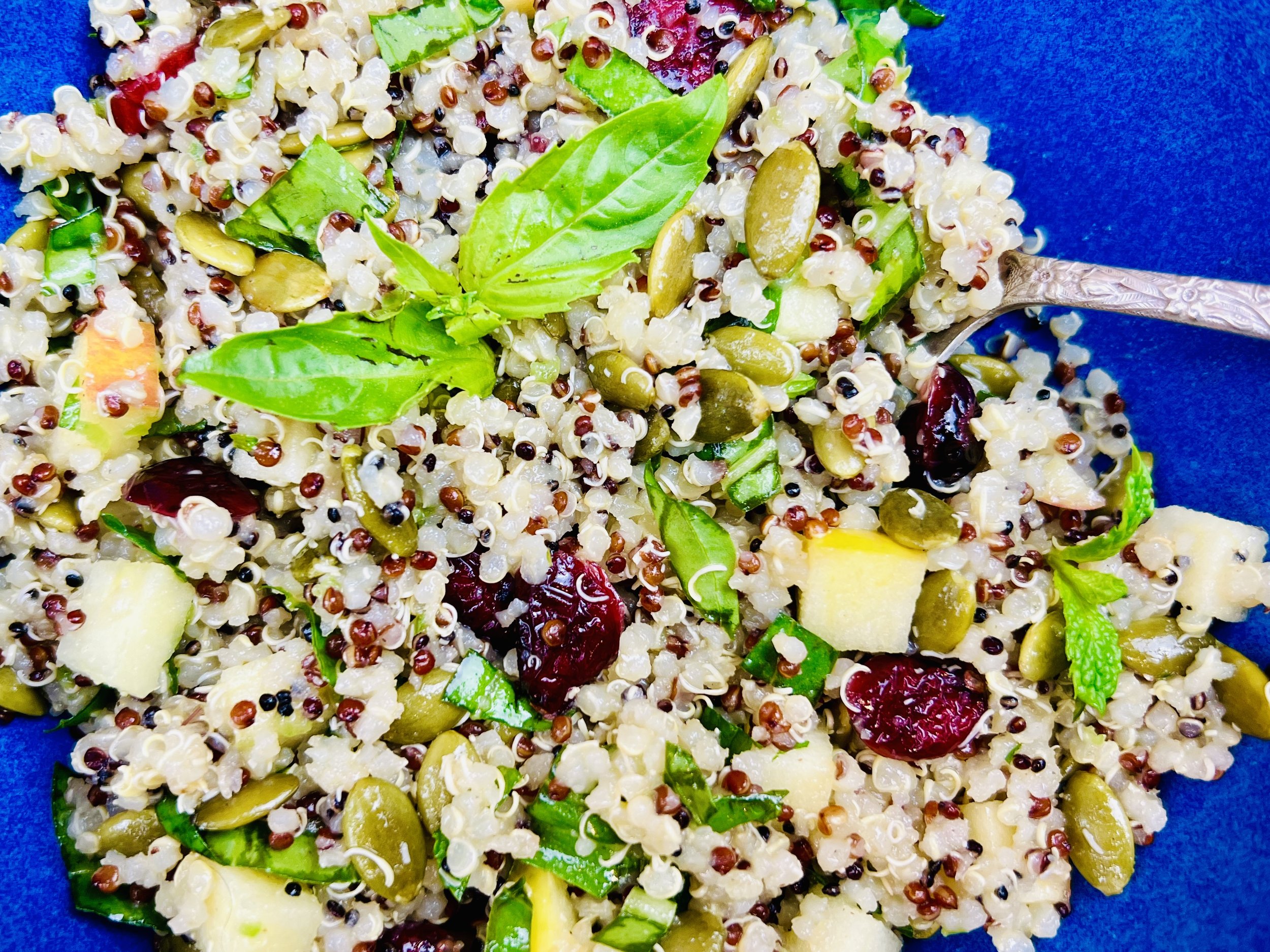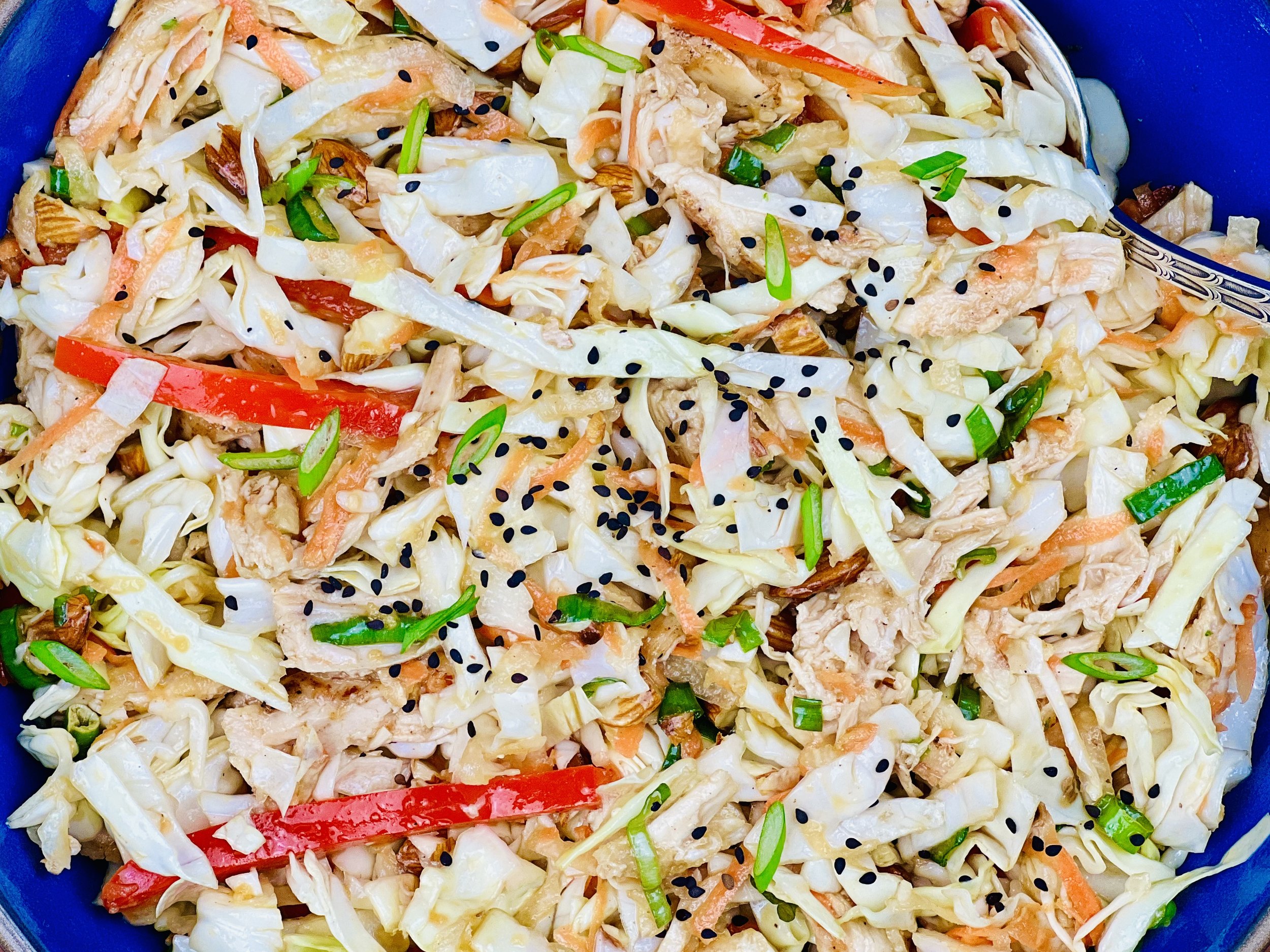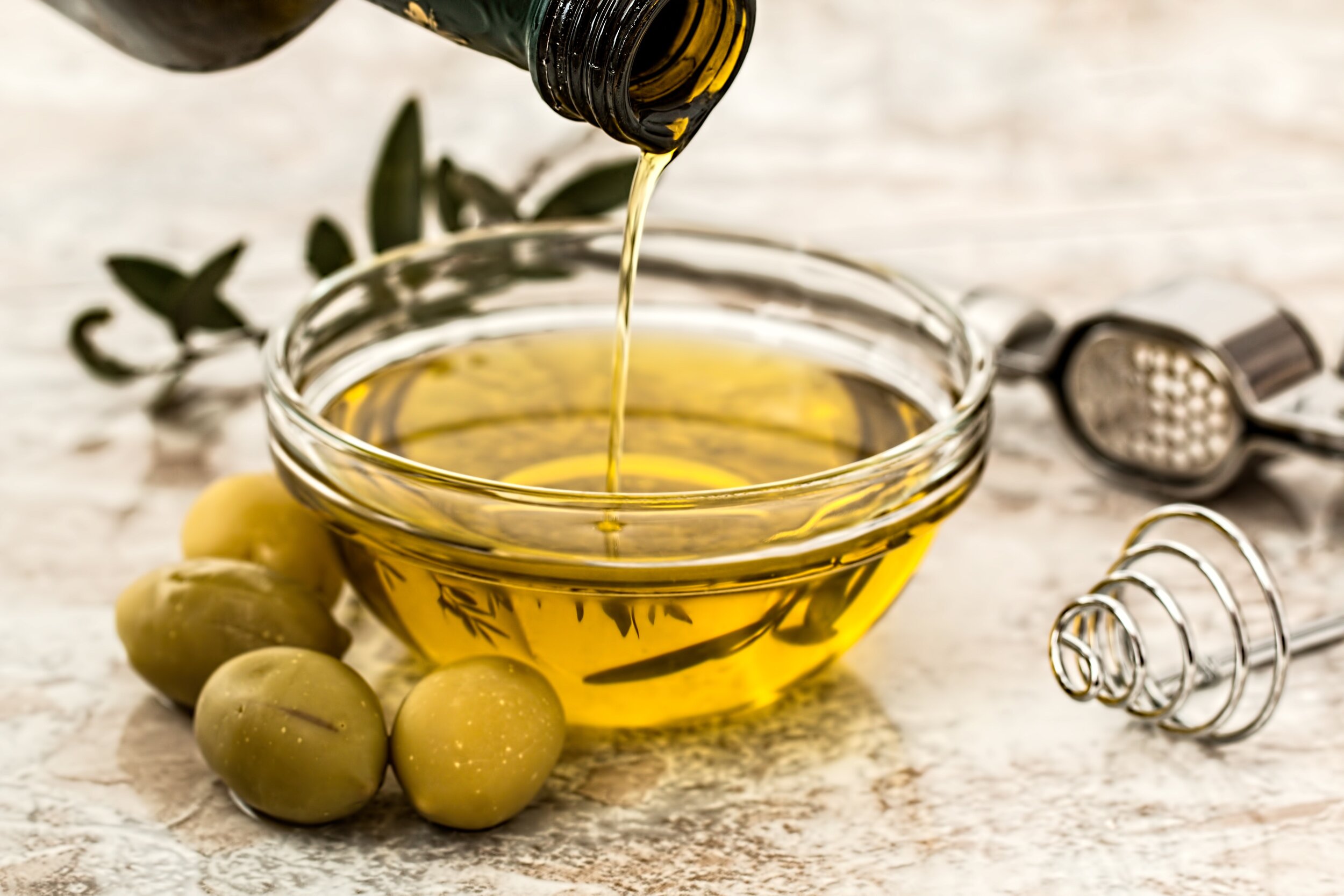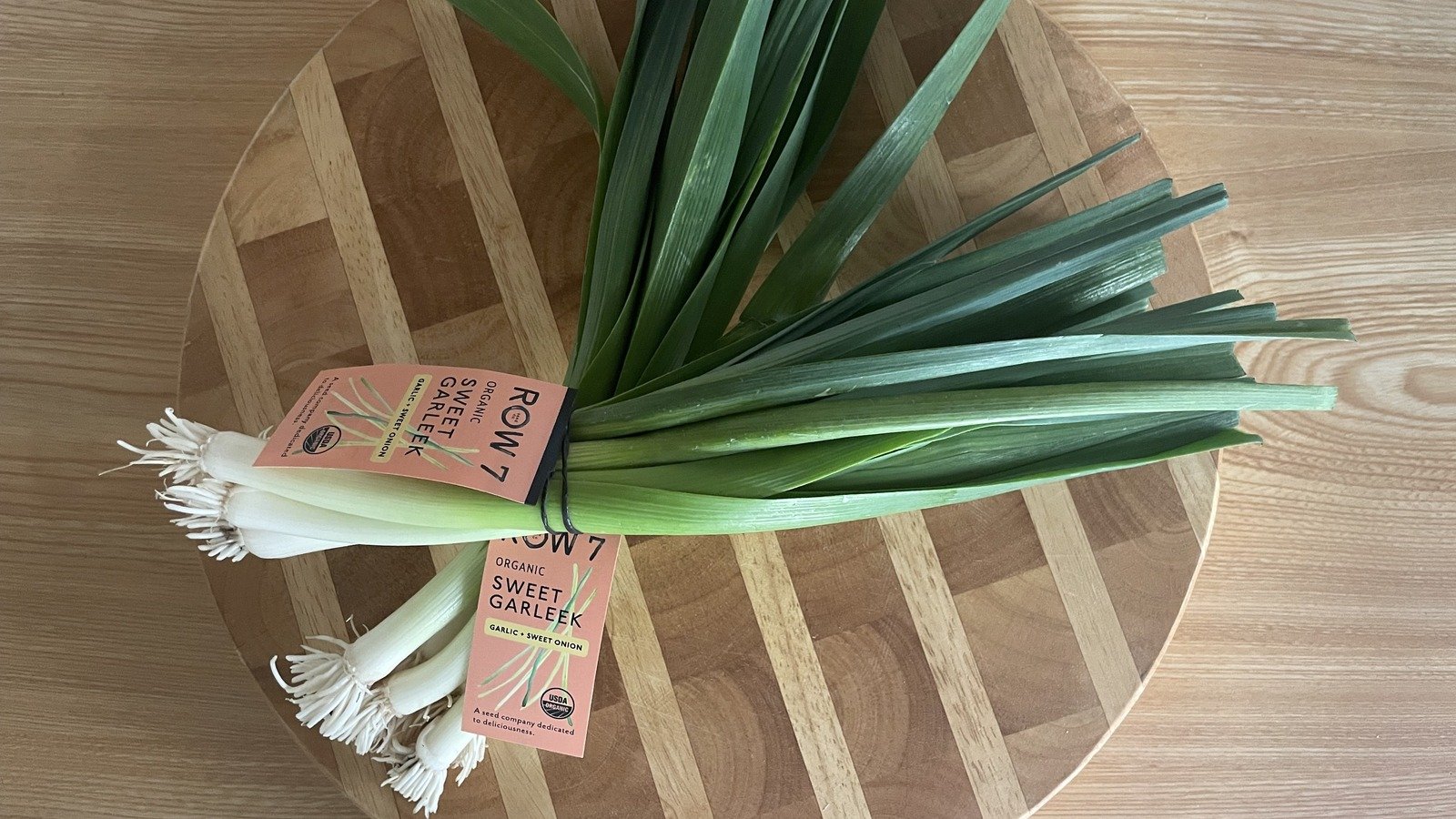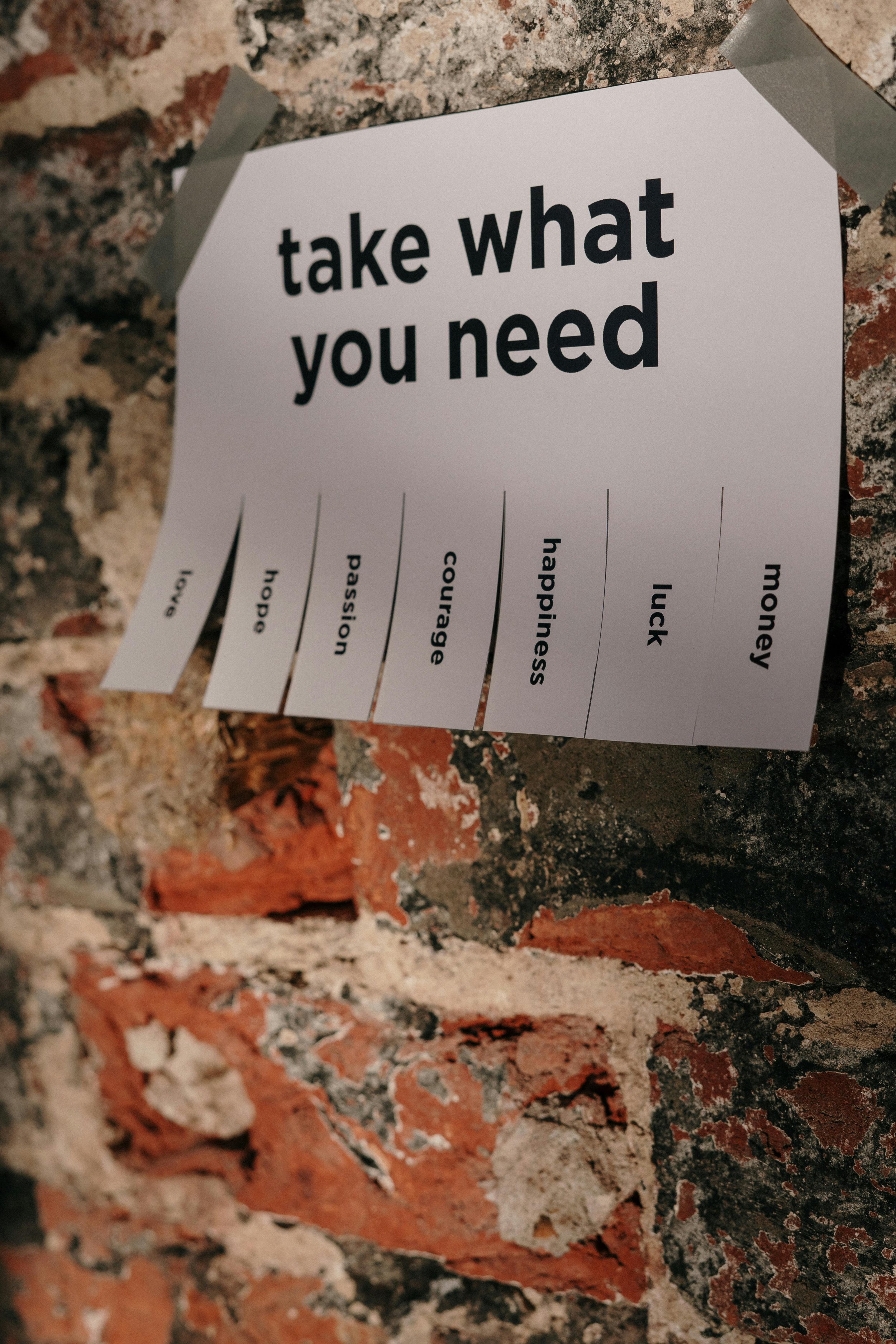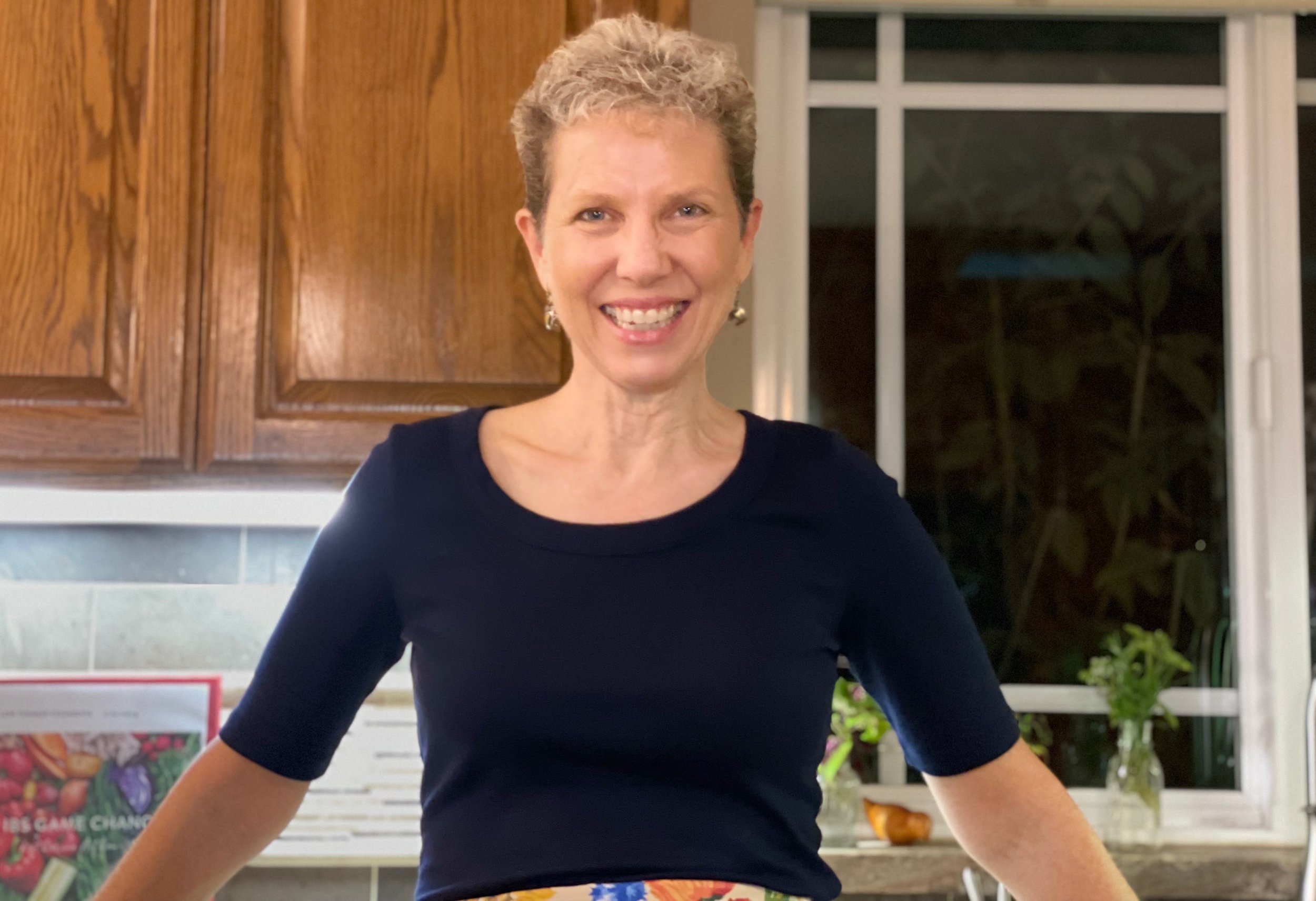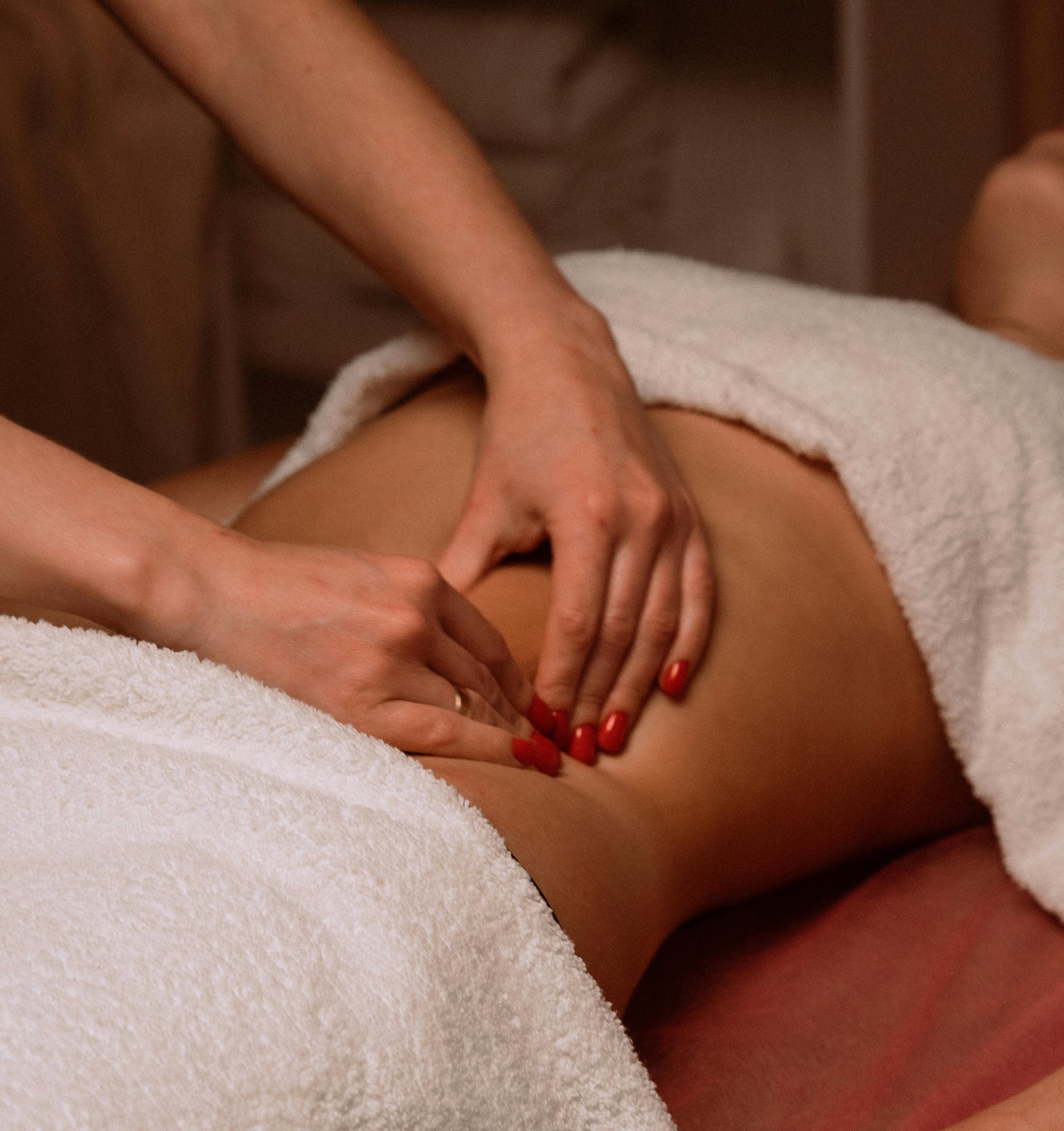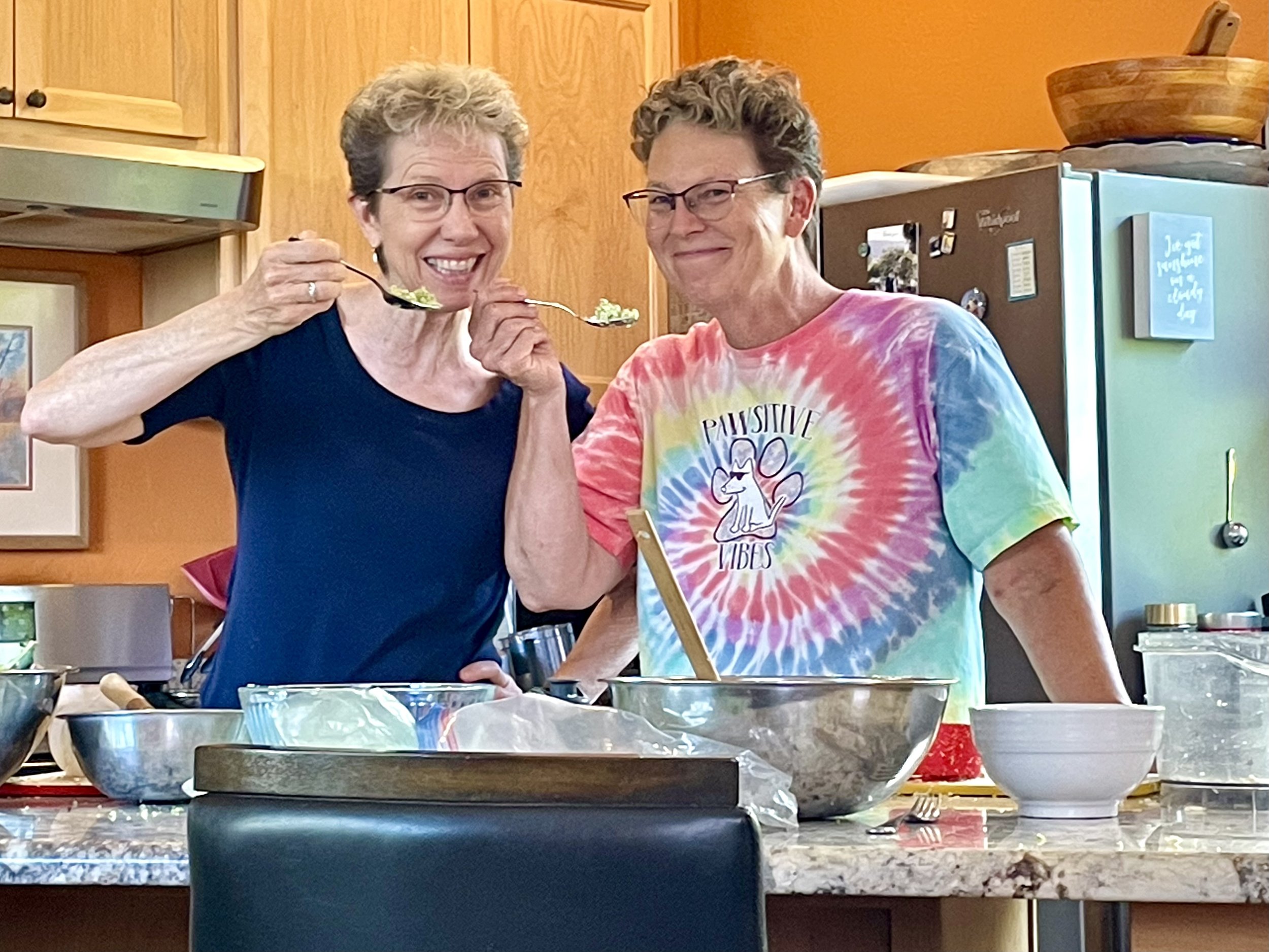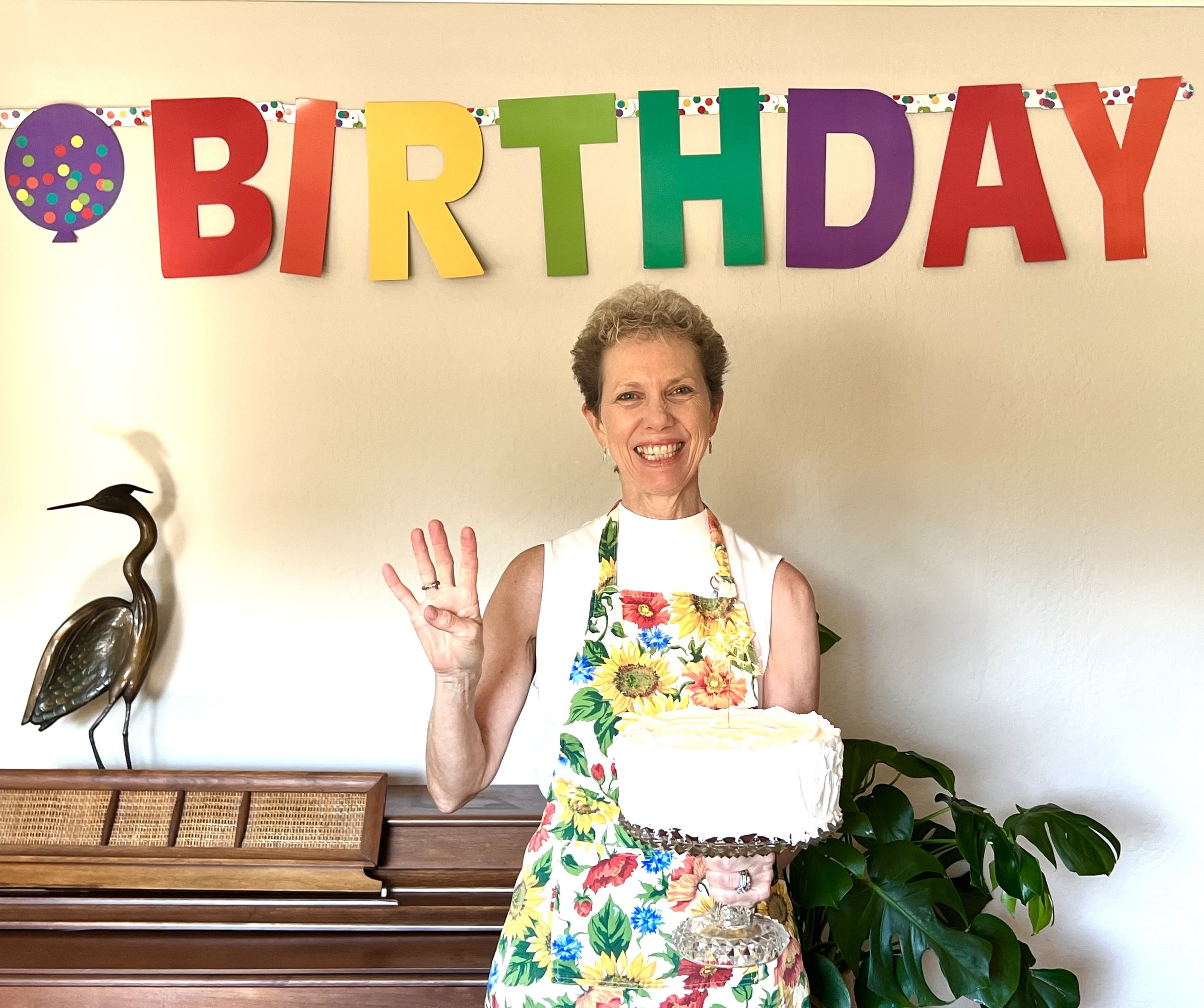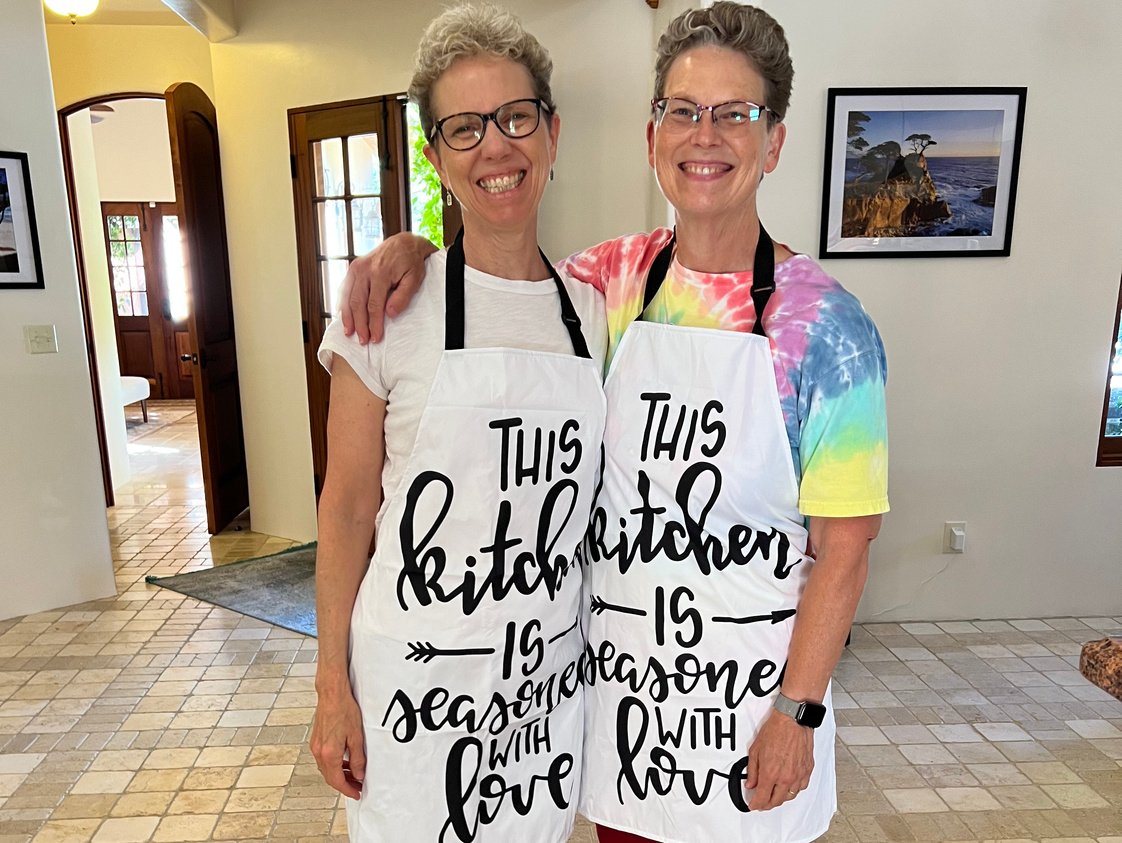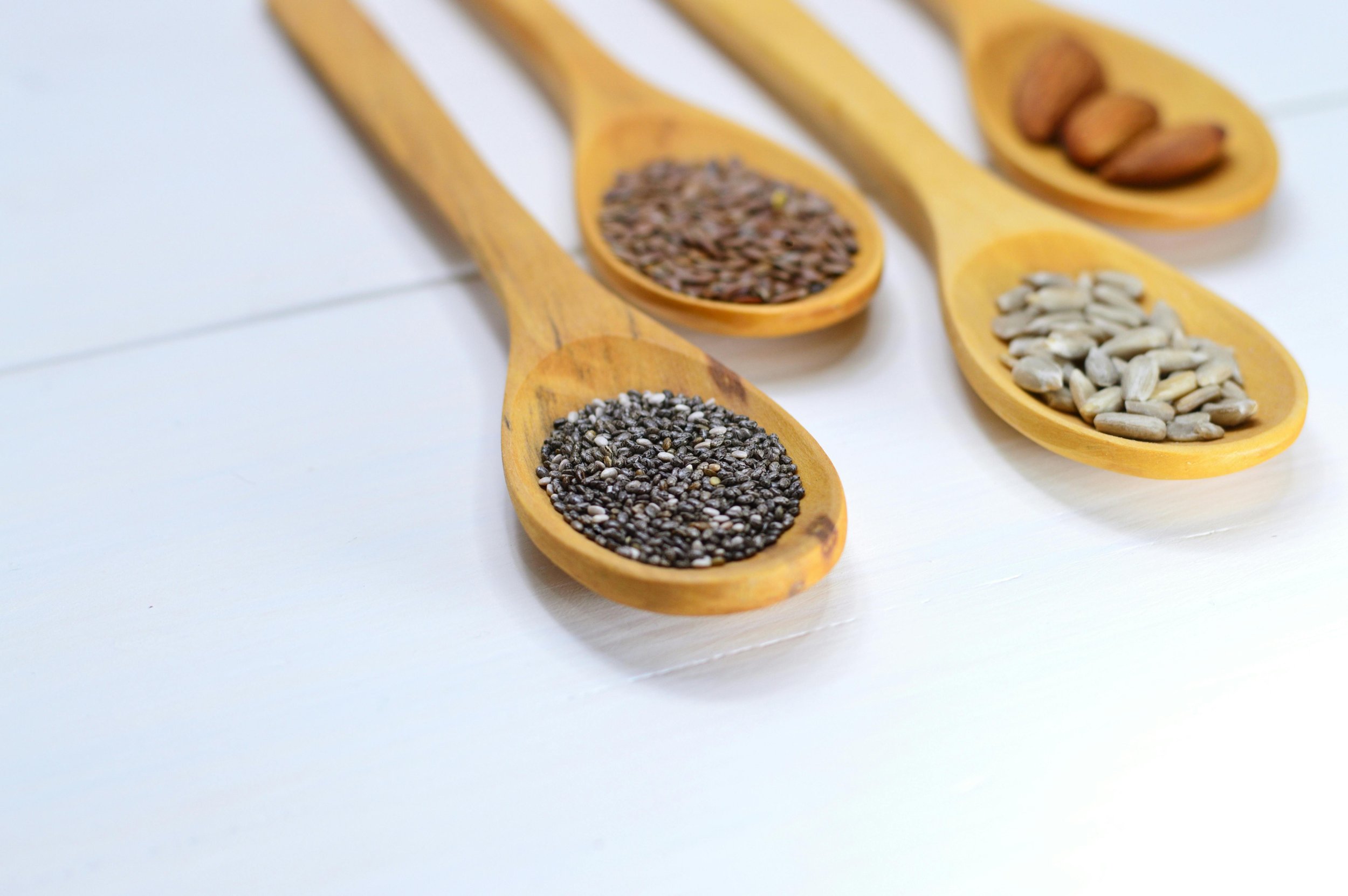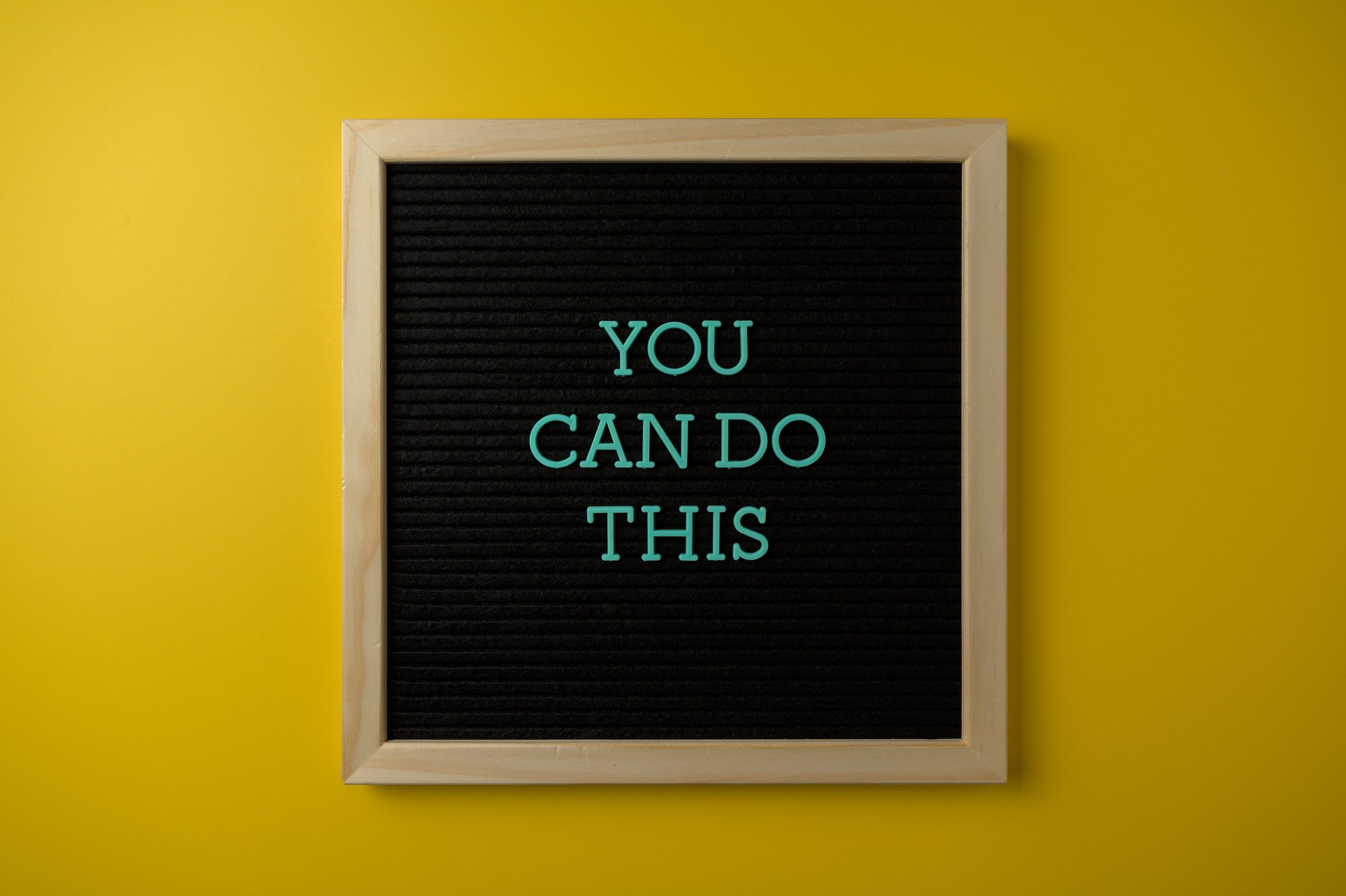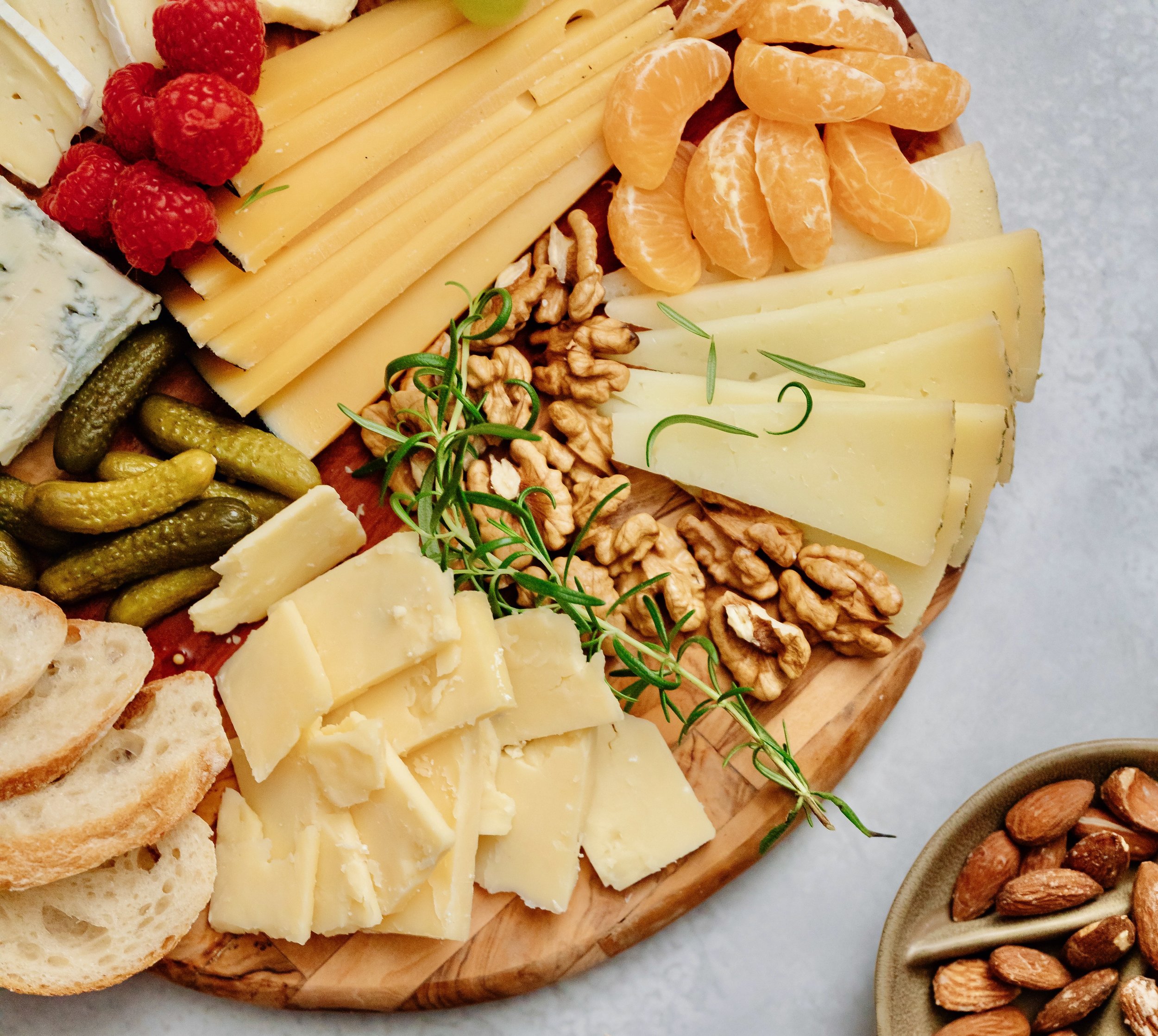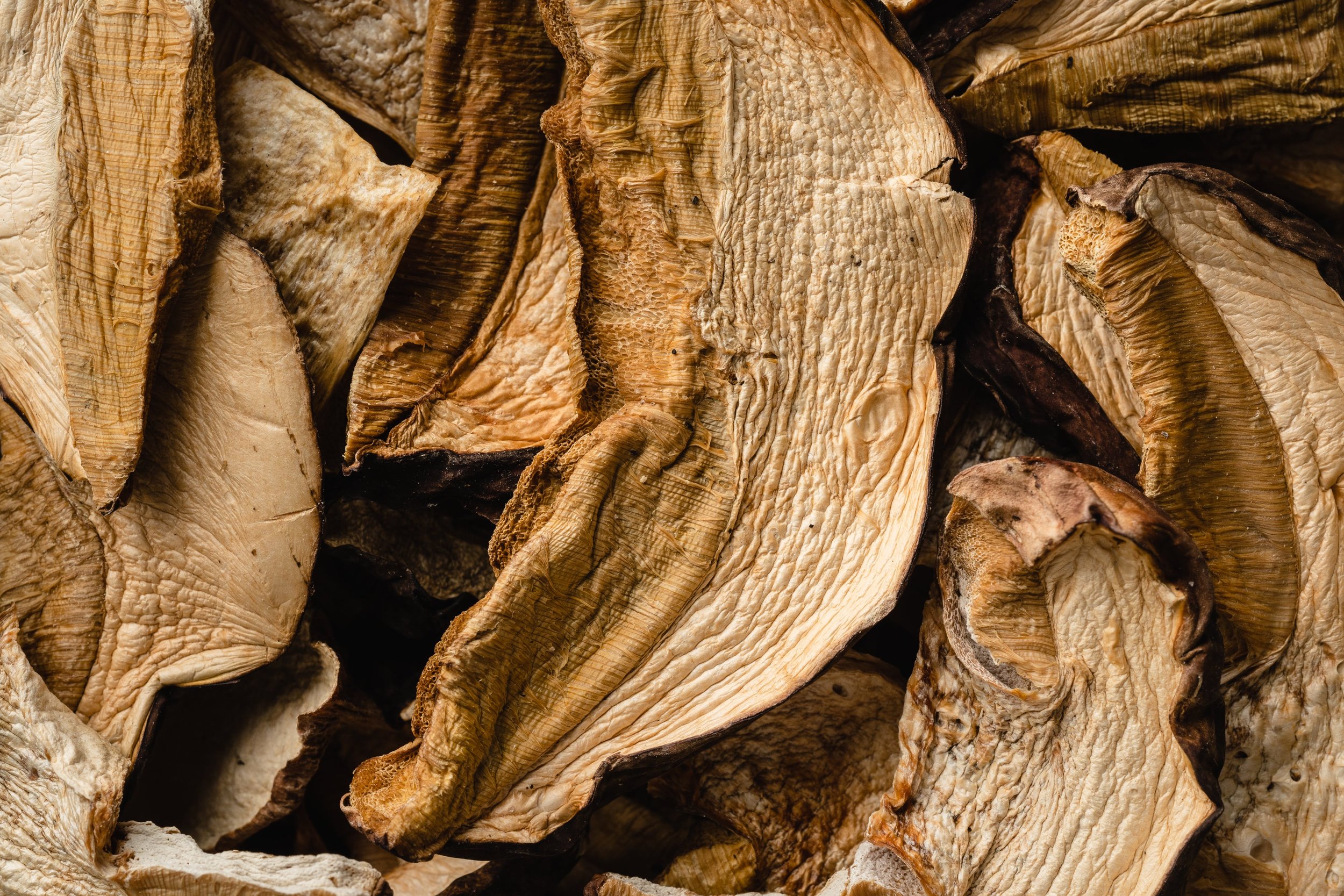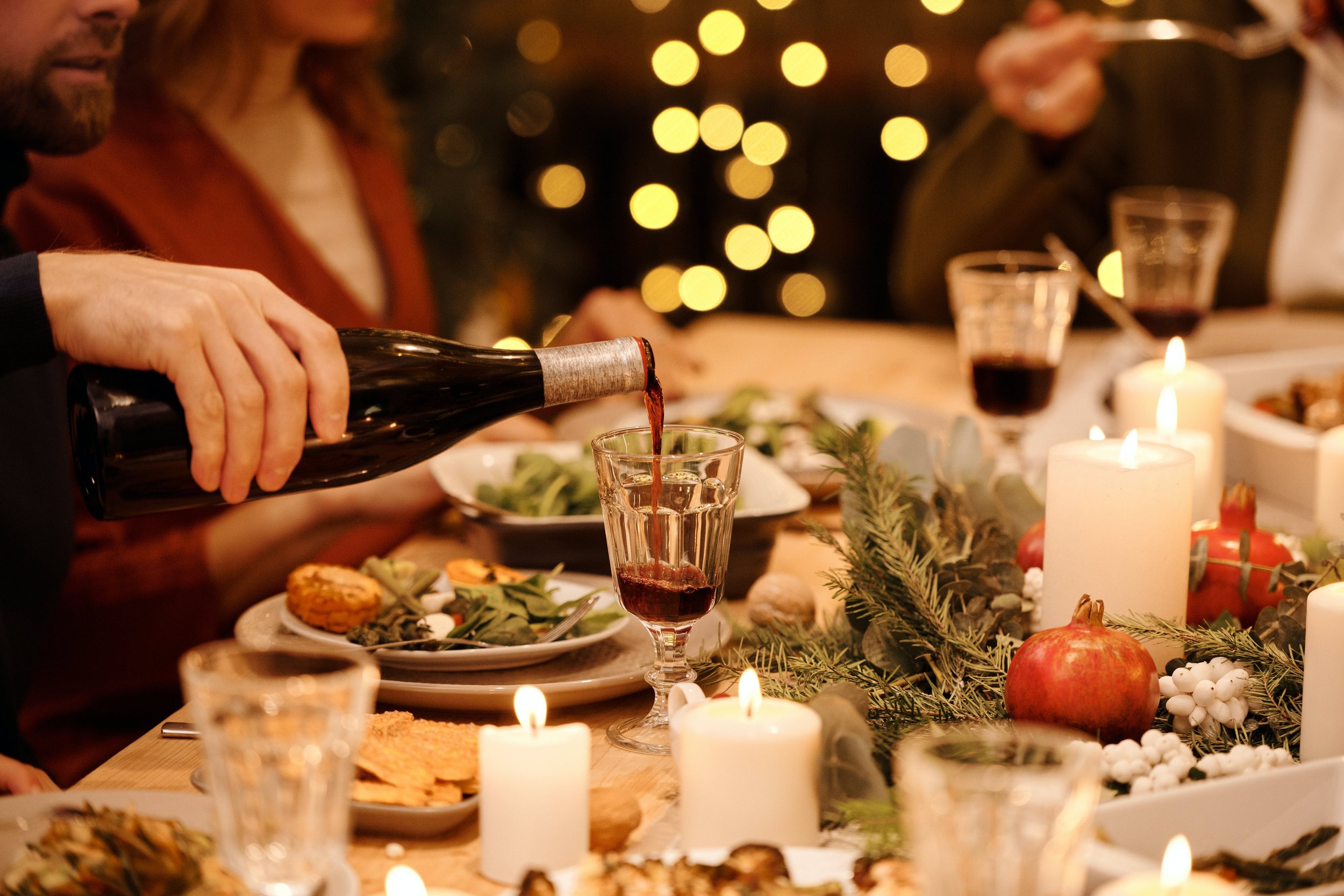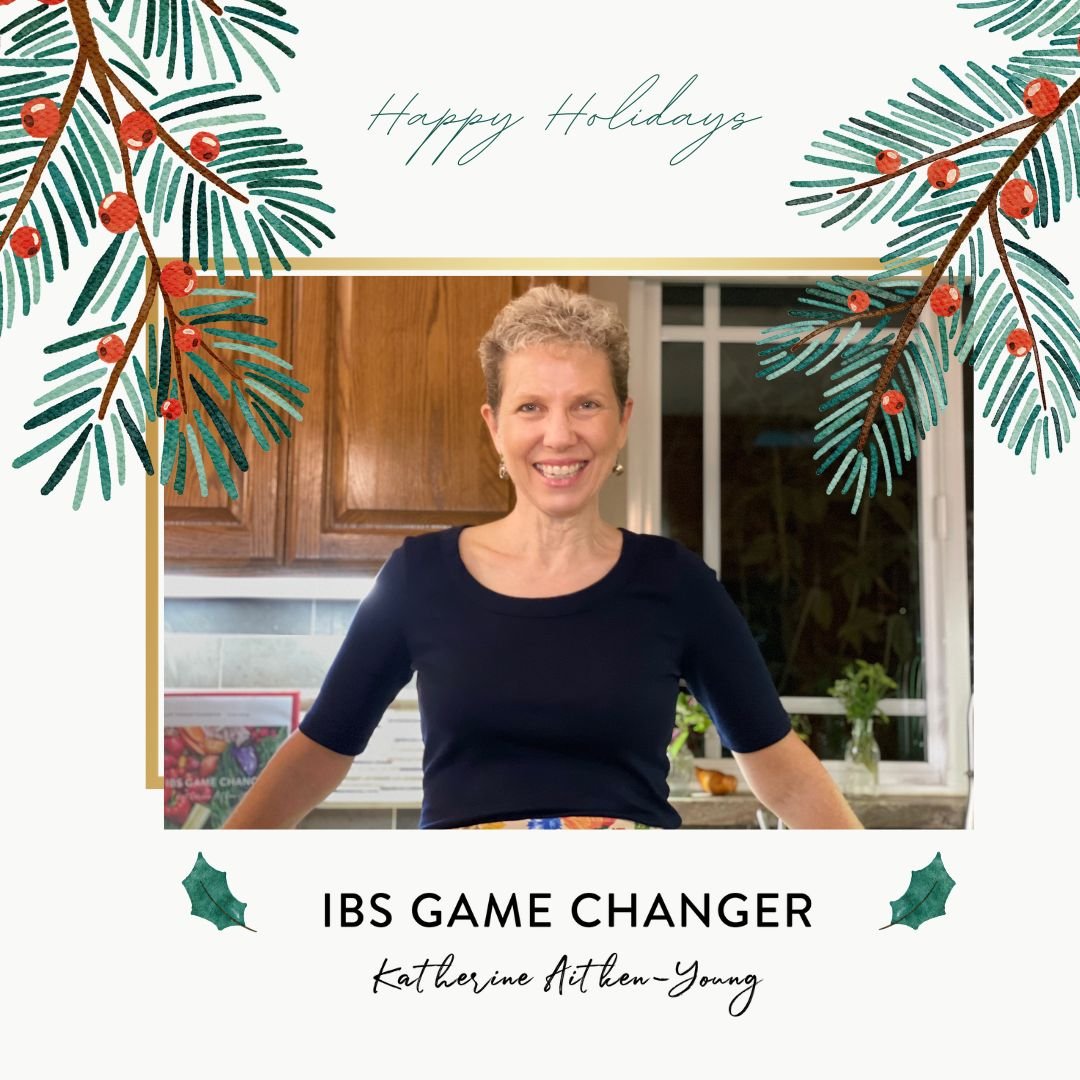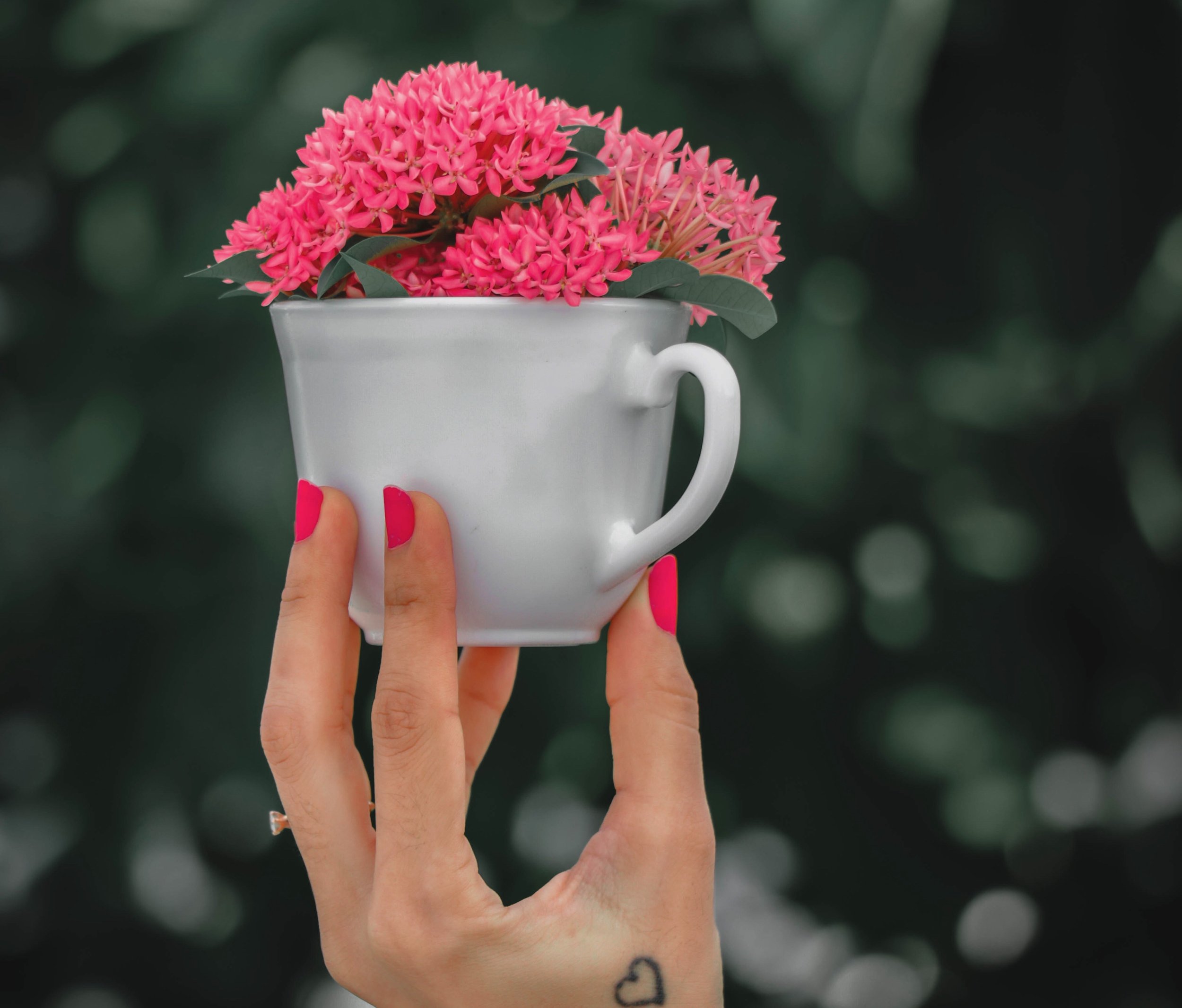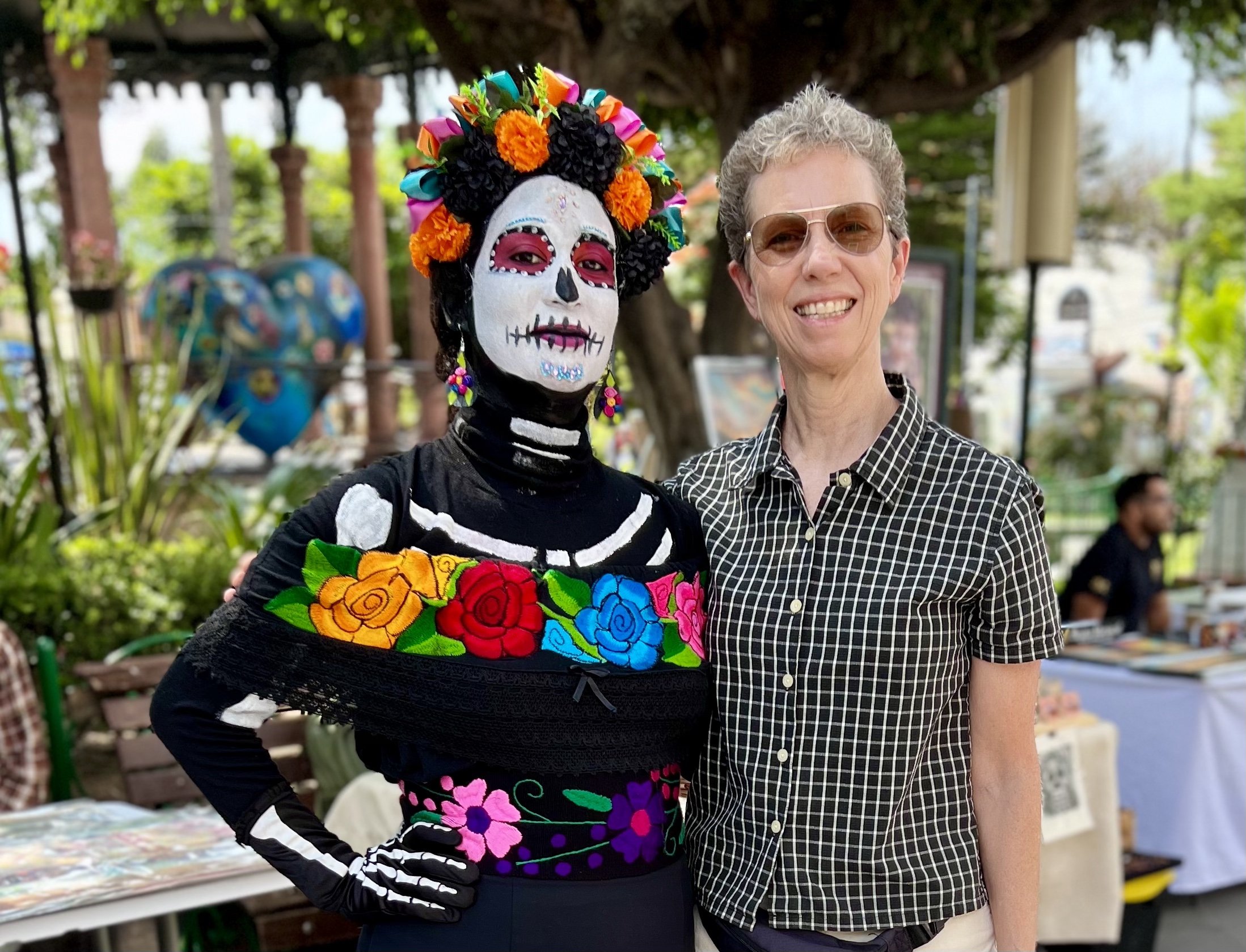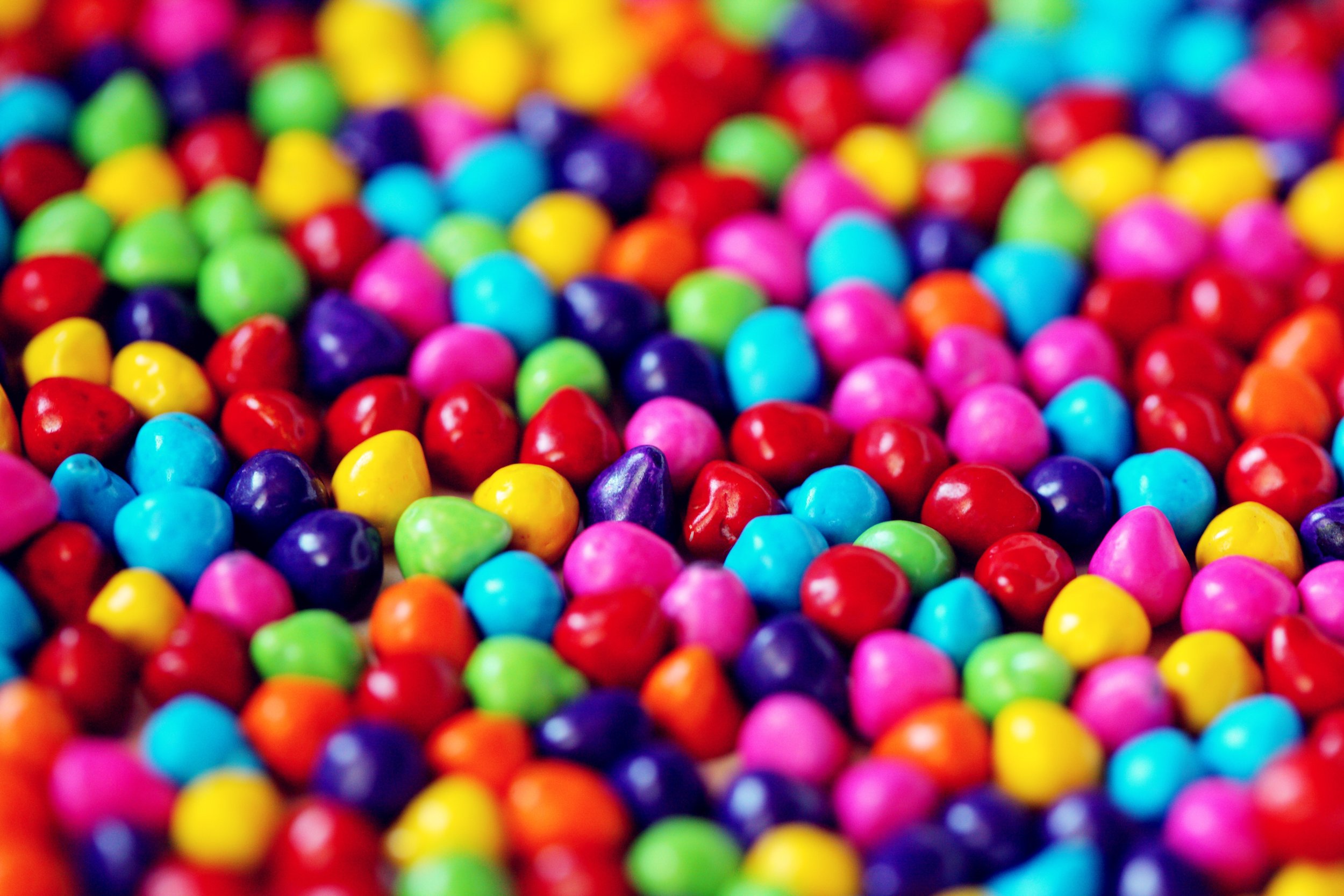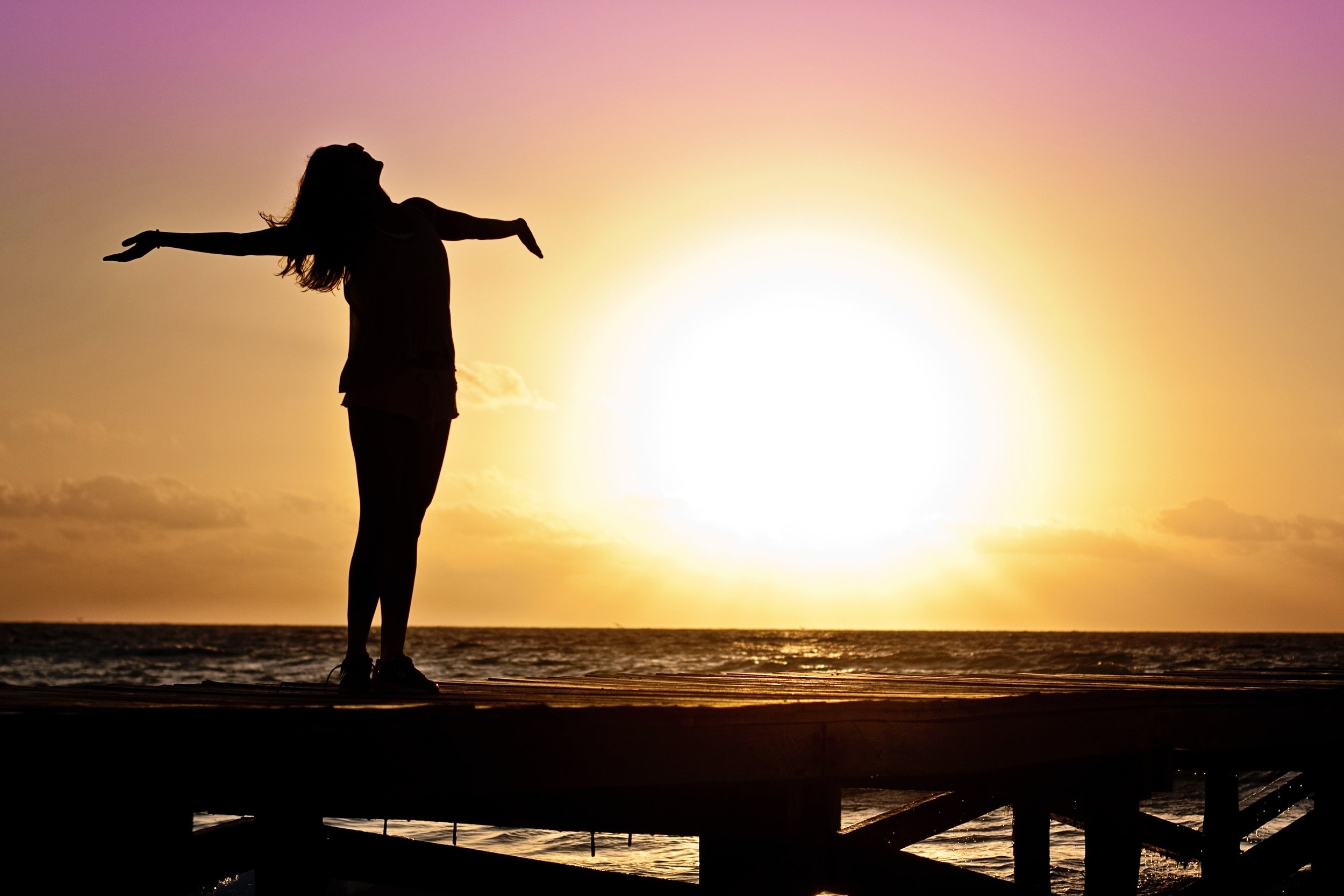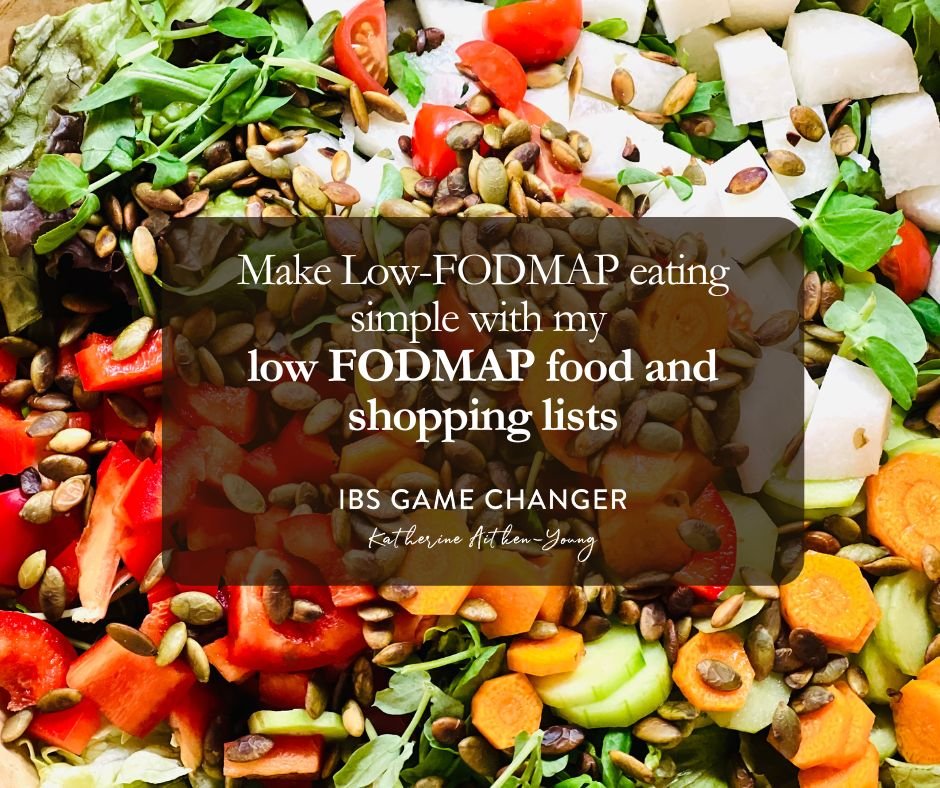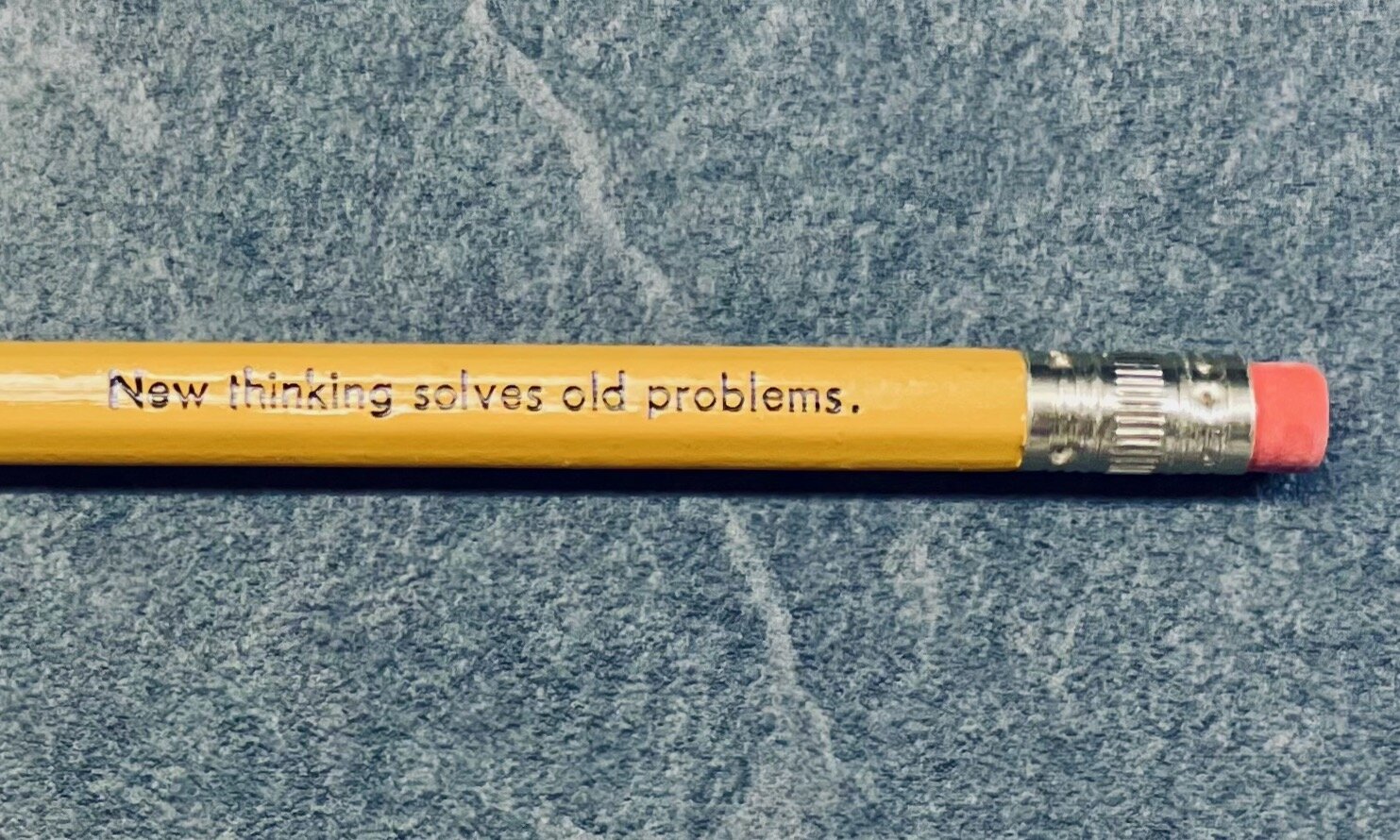Deliciously Low FODMAP
Inspire yourself with hundreds of delicious low FODMAP recipes, tips, and tools, and enjoy the abundance that is yours even when you have IBS.
Use the buttons and filters to find something specific or browse the complete collection for inspiration.
Discover a treasure trove of recipes with my FREE recipe club! Get new ideas delivered straight to your inbox every week.
Deliciously Low FODMAP is a trademark of IBS Game Changer, LLC
Filter to find Recipes and Tools
More Filtering Options
- All 735
- Appetizer 50
- BBQ 46
- Bowl 32
- Breakfast 58
- Cocktails 13
- Collection 1 58
- Collection 10 27
- Collection 11 30
- Collection 12 27
- Collection 13 31
- Collection 14 29
- Collection 15 31
- Collection 16 34
- Collection 17 31
- Collection 18 33
- Collection 19 36
- Collection 2 32
- Collection 20 33
- Collection 21 33
- Collection 22 40
- Collection 23 17
- Collection 24 1
- Collection 3 28
- Collection 4 29
- Collection 5 30
- Collection 6 32
- Collection 7 31
- Collection 8 31
- Collection 9 32
- Condiments 6
- Crock Pot 4
- Dessert 108
- Diabetes Game Changer Exception Protocol Contains Alcohol 11
- Diabetes Game Changer Exception Protocol Contains Flour 109
- Diabetes Game Changer Exception Protocol Contains Flour AND Sugar 77
- Diabetes Game Changer Exception Protocol Contains Sugar 49
- Diabetes Game Changer First Four Weeks 368
- Dinner 335
- Drink 8
- Easter 1
- Free Guide 17
- Gluten-free 596
- Gut Microbiome 2
- Guthealth 3
- Holidays 69
- IBS Triggers 4
- Keto Friendly 127
- Lactose-Free 175
- Low FODMAP Diet 721
Feeling a bit blue? You’ve got to move it move it.
Exercise is free, doesn’t require any special equipment, and if we don’t put too many barriers in our own way, it’s also easy.
When you’re feeling down and out sometimes getting up and out is the last thing you want to do. But did you know, for most of us, moving your body in some form (any form!) of exercise can be just as good as taking an anti-depressant in terms of the positive results you get?
Just a little exercise can help reduce both depression and anxiety because it makes your brain happy! How does it do that? Regular exercise causes your brain to release endorphins and other natural brain chemicals that enhance your sense of well-being and make you FEEL GOOD!
Exercise is free, doesn’t require any special equipment, and if we don’t put too many barriers in our own way, it’s also easy.
Don’t like running, lifting weights, going to the gym or playing basketball? There are other ways to get your heart pumping! Try putting some happy tunes in your ears and dancing, get outside and do some gardening, wash your car, go for a walk around the block.
Anything that gets you out of your chair, off the couch, out of bed, away from your digital screen, and moving can help improve your mood.
You “don’t have time” to exercise? You don't have to do it all at once! Break up your day with some “sneaky exercise.” Going upstairs? Go up and down five times instead of only once! Going to the post office, hardware store, grocery store? Ride your bike, walk, or at least park your car in the furthest parking spot instead of the closest one.
Find activities you enjoy, and look for “sneaky exercise” opportunities to make sure that you move your body in some capacity every day. Your body and mind will reward you many times over.
Navigating holiday feasting while on a low FODMAP diet
With a little careful eating and drinking, you should be able to navigate the holidays without consequences.
When you think of the holidays you probably think of family get-togethers, cozy homes, and LOTS of food. And you may think of feeling terrible the next day or even the next two or three days. This year is a bit different from other years but, whether you are hosting a gathering, or you are a guest at someone else’s feast, here are some tips that will help you navigate the holiday feasting, follow your low FODMAP diet, and feel ok (maybe even great!) the next day.
Download my FREE guide and get lots of helpful tips for being a relaxed host or an easy guest when following a low FODMAP diet.
You’ll also get links to delicious low FODMAP holiday recipes that everyone will enjoy so your holiday feasts can be easy!
With a little careful eating and drinking, you should be able to navigate the holidays without consequences.
IBS friendly salad pantry
Giving your body a break from the comfort food is easy and delicious and you might find it gives you comfort of a different kind!
If you’re anything like I am, you’ll want to be ready to whip up a fabulous salad at the drop of a hat. Our IBS-friendly salad pantry includes the latest roundup of IBS Game Changer Deliciously Low FODMAP™ salad dressing recipes plus, the list of things to keep in your pantry so can make them all!
You can make these dressings (and more) with the pantry ingredients listed below.
Basic Balsamic - This is my go-to dressing that everyone loves every time.
Lemon Dijon - This tart yet smooth dressing is wonderful on arugula, Niçoise, or butter lettuce salads.
Balsamic Basil - The perfect combination of fresh and rich, this dressing is wonderful on spinach salad with gorgonzola crumbles and walnuts as well as on a traditional Caprese salad.
Red Wine Vinaigrette - Red wine vinegar gives this dressing a tart profile with a rich taste. This dressing is wonderful on a hearty chef’s salad but is also delicious on a delicate butter lettuce salad as well.
Gorgonzola or blue cheese cream dressing - An ideal cream dressing for your favorite slaw or our Better Than Waldorf salad.
Fresh ginger dressing - perfect for all of us ginger lovers! Try it. You’ll love it!
SALAD PANTRY DRY INGREDIENTS:
Lactose-free sour cream
Salt and fresh ground pepper
Pepitas (roasted) - 2 tablespoons serving
Hazelnuts (split and roasted) -max 10 per serving
Walnuts - max 10 halves per serving
Olives without FODMAP ingredients (1/2 cup per serving)
SALAD PANTRY FRESH INGREDIENTS:
Lettuce, arugula, spinach (washed, dried, and stored with a paper towel in an airtight plastic bag with air removed)
Cherry tomatoes
Heirloom, tomatoes on the vine, or Roma tomatoes
Cucumbers (Persian or English preferred)
Bell peppers (all colors)
Jicama
Carrots (whole organic with tops to ensure freshness and flavor - Nantes preferred)
Radishes
Basil
Chives
Scallions
Parsley
Cilantro
Lemons (Meyer preferred)
Limes
Fresh ginger
Sweet potatoes (cooked and cooled)
Hard-boiled eggs (cooked and cooled)
Cold cooked turkey, chicken, steak, tuna, salmon, etc. (without FODMAP ingredients)
Parmesan (ready to grate fresh)
Salt
Freshly-ground black pepper
This post contains affiliate links so you can easily purchase items listed on the page. This is for your information and convenience. If you purchase through this link, I may earn a commission but there is no additional cost to you. Please read my disclosure for more information.
More Deliciously Low FODMAP™ salads you might enjoy
Top ten ingredients for your IBS-friendly pantry
Stock these ten ingredients in your pantry and you’ll be ready to make delicious low FODMAP meals.
Grab this FREE guide so you can learn what to have on hand to be able to make delicious IBS-friendly meals. There are so many flavorful ways to make your food FODMAP-friendly so don’t be tempted to use “just a little” of that ingredient you know is going to cause consequences. In addition to your basic kitchen staples (salt, pepper, dry herbs, and spices) you should consider keeping these top ten IBS-friendly ingredients in your pantry.
GARLIC ALTERNATIVES
Garlic Infused extra virgin olive oil - this is #1 because it’s so versatile and adds that garlic flavor without adding the FODMAPs in garlic. You can also use Smoke n Sanity Essence of Garlic Salt (get 10% off with code IBSGC10) or Gourmend foods Garlic Scape powder. All are low FODMAP and full of garlic flavor!
ONION ALTERNATIVES
Scallion greens, chives, leek greens, and also such things as Smoke n Sanity essence of onion salt (get 10% off with code IBSGC10). You’ll be surprised how many of these you’ll use but the results in flavor are well worth it.
GLUTEN-FREE FLOUR AND PANKO
Gluten-free one-for-one flour is great to have on hand. Bob’s Red Mill makes a good one and there are many others, such as Cup4Cup Flour, that are also good. Gluten-free panko crumbs are also great to have on hand. You can use them to make a crispy coating on chicken, fish, eggplant, etc.
FRESH HERBS AND MUSHROOMS
Thyme, rosemary, sage, basil, parsley, cilantro, etc. You can’t beat fresh herbs for flavor and color. Herbs are super easy to grow in a pot on your porch or in your garden if you have one. They are also readily available at the grocery store. Oyster mushrooms - These are the only mushrooms we know of that are IBS-friendly and they are great in terms of flavor and versatility — only if you like mushrooms of course.
LACTOSE-FREE DAIRY
I recommend at least 2% fat content for the best flavor and shelf-life. You can now get lactose-free milk, cottage cheese, cream cheese, sour cream, and even butter. You probably won’t know the difference in taste and mouthfeel but these will lactose-free dairy products keep your lactose load down and your stomach happy!
EXTRA-FLAVORFUL CHEESE
Many kinds of cheese are naturally low in lactose and some of them are extra high in flavor. Try Extra sharp cheddar cheese, smoked cheddar cheese, gruyere, brie, or gorgonzola when you want to add a big flavor boost in a small quantity. Why use mozzarella when you can jazz up your pizza with extra sharp cheddar!? Freshly grated parmesan cheese (the kind you grate yourself) is the BEST in terms of flavor and a little goes a long way.
IBS FRIENDLY CARBS
Don’t fear the carbs! We all want and need some carbs and if you keep the “good” carbs on hand you’ll have less of a craving for the not-so-good carbs. Potatoes of all varieties and interesting rice (jasmine rice, wild rice, wild rice blends), Quinoa, and quinoa pasta are all great low FODMAP carbs. Potatoes are a gluten-free starchy carb and incredibly versatile. There are many varieties out there so don’t be afraid to experiment! (Note: Sweet potatoes have a low FODMAP serving size of 1/4 cup so go easy on the sweets!) I love to keep roasted potatoes in the fridge so I can throw them into a scramble or hash at a moment’s notice. Rice is a great carb if you have IBS and if you make it interesting it will keep your palate and your tummy happy.
TRADITIONAL SOURDOUGH BREAD
If you really want bread, this is the one (in moderation!) That’s right. Traditional sourdough bread is low FODMAP and most of us with IBS can tolerate it well. You need to find REAL sourdough though. Check the ingredients and look for a list that does NOT include yeast or vinegar. These two items are hallmarks of non-traditional sourdough bread. Always read the label!
FLAVORFUL MEATS
Flavorful meats can be used to jazz up an otherwise simple dish. Bacon, prosciutto, pancetta, ham, Canadian bacon, etc. all can be used to add extra flavor and protein to lots of things and you don’t need much to get the flavor result. Just make sure they don’t have hidden FODMAP ingredients. Always read the label and buy organic non-GMO whenever possible.
AND FOR DESSERT…LOW FODMAP SWEETNESS
Plain old white sugar is fine (in moderation of course) so don’t be tempted to use the artificial alternatives — most of which are high in FODMAPs. Maple syrup is also a low FODMAP sweetener and is as natural as it gets! Substitute maple syrup for honey, agave, corn syrup, or other liquid sweeteners in your recipes.
This post may contain affiliate links so you can easily purchase items listed on the page. There is no increased cost to you for purchasing items through these links so feel free to use them!
More IBS Game Changer Tips and Tools you might find useful
IBS Awareness Month Tip #4
Did you know 2 out of 3 people who have IBS are women? Don’t let IBS run your life. Be an IBS Game Changer.
Did you know 2 out of 3 people who have IBS are women? Don’t let IBS run your life. Be an IBS Game Changer.
Most of us who have IBS are women. And, most of us who have IBS experience significant, negative, daily impacts on our lives.
I spent years doing research and testing different solutions and I learned what works and what doesn’t work.
Now I spend hours every week creating and sharing new content, recipes, and special offerings just for you. And, every week I publish Feel Good Friday emails that highlight all the content I’ve pushed during the week so you don’t miss a thing. It’s all free and all developed with you in mind. My goal is to help you feel empowered, inspired, in control, and really great!
If you need more help or you’re at your wit’s end with your symptoms running your life, check out the IBS Game Changer program. It’s not just a game-changer, it’s a life-changer.
*As explained in program agreement
World IBS Awareness Day: April 19. Is IBS running (ruining?) your life?
Ask yourself, is this the day I decide to get my IBS under control? If so, you’ve come to the right place.
Today is dedicated to world IBS Awareness. For the 10% of the population (nearly 800 Million People!) who suffer from IBS, this is an important day! Ask yourself, is this the day I decide to get my IBS under control? If so, you’ve come to the right place.
I wasn’t diagnosed with IBS until I was in my 30’s (a diagnosis shared by 10 - 15% of the global population) and everything I held dear was impacted. I was prescribed various medications, but I wasn’t excited about relying on pills just to mask symptoms. When I learned that 80% of people with IBS see a dramatic improvement just by modifying their diet, I decided I needed to transform the way I understood, consumed, and prepared food without sacrificing everything I enjoyed about food.
As a Registered Nurse, nutritionist, and foodie with IBS, I created the IBS Game Changer program to help you take control of your IBS and your life, discover Deliciously Low FODMAP™ recipes, reduce the need to take medications for symptoms, and feel your best!
Learn more about the program and sign up for Feel Good Friday to get a weekly dose of goodness that includes tips, tricks, IBS-friendly recipes, inspiration, motivation, and more.
There’s no downside!
IBS Awareness Month Tip #3
IBS is the most common functional gastrointestinal (GI) disorder out there. It affects men and women, adults and children. Are you one of them? Make peace with IBS. Don’t let it run your life. Be an IBS Game Changer.
IBS is the most common functional gastrointestinal (GI) disorder out there. It affects men and women, adults and children. Are you one of them? Make peace with IBS. Don’t let it run your life. Be an IBS Game Changer.
Most of us who have IBS experience significant, negative, daily impacts on our lives. And most of us who have IBS have no idea how to change that.
That’s exactly why I developed the IBS Game Changer program. Because I did all the research and all the testing and I developed a solution that works.
If you’re at your wit’s end with your symptoms running your life please check out the IBS Game Changer program. It’s not just a game-changer, it’s a life-changer.
Our promise to you: You will feel better in less than eight weeks. You will have the knowledge you need to feel better for the rest of your life. And, if you do not see results in eight weeks, we will give you your money back.*
*As explained in program agreement
IBS Awareness Month Tip #2
Approximately 20 - 40% of all visits to gastroenterologists are due to IBS symptoms. Don’t be a statistic. Be an IBS Game Changer.
Approximately 20 - 40% of all visits to gastroenterologists are due to IBS symptoms. Don’t be a statistic. Be an IBS Game Changer.
Most of us who have IBS have ended up in the emergency room at least once. And, most of us who have IBS have also ended up at the GI doctor more than once without any real help for our symptoms.
That’s exactly why I developed the IBS Game Changer program. Because I did all the research and all the testing and I developed a solution that works.
If you’re at your wit’s end with your symptoms running your life you should definitely check out my program. It’s not just a game-changer, it’s a life-changer.
Our promise to you: You will feel better in less than eight weeks. You will have the knowledge you need to feel better for the rest of your life. And, if you do not see results in eight weeks, we will give you your money back.*
*As explained in program agreement
Are probiotics the answer for your IBS symptoms?
Another free guide to help you get your IBS symptoms under control.
The answer to this question is maybe yes and maybe no. And, you won’t know if it’s a yes until you test it in a very systematic way. How do you do that? Let me tell you…
If you want to try a probiotic, you have to be systematic or you will never know if it is helping, hurting, or doing nothing at all.
Here’s how you do that:
Choose a 15-30-day period when you can easily eat a purely low FODMAP diet so you have a clean environment in which to test your body’s response to probiotic therapy. Introduce the daily probiotic and take it daily for 15-30 days. If you notice a positive change in your gut behavior then a probiotic may be the answer for you. If you’ve been scrupulous about eating a low FODMAP diet during your probiotic introduction and you notice a negative change (increased diarrhea, constipation, gas, or another discomfort) then a probiotic is likely not the answer for you. If you don’t notice any change at all, then continuing to take a probiotic is up to you. If it makes you FEEL like you’re doing something helpful and there’s no negative consequence, go for it.
There are many options of probiotics out there. One example that contains all three strains that are beneficial for those of us with IBS is Garden of Life Raw Probiotics Ultimate Care. I recommend you browse the probiotics that are available to you locally and read the ingredients to see what strains are included. Probiotics from the Bifidobacterium, Lactobacillus, and Saccharomyces families have shown particular promise for those of us with IBS. (See this article or this article for more on that).
A word of caution: Watch out for the prebiotic soluble fibers inulin and fructooligosaccharides (FOS), which are highly fermentable fibers that should be avoided because they often trigger IBS symptoms. These sneaky little ingredients are frequently added to protein shakes and bars, yogurts, probiotic supplements, fiber supplements, and more.
Wait…what are probiotics and why would they be helpful for my IBS?
Probiotics are an interesting topic for people with irritable bowel syndrome (IBS). Many IBS sufferers take probiotics in the hope that balancing out their gut bacteria will improve their symptoms. A number of studies have shown that specific probiotics may have the potential to do just that.
As you know, if you’ve been following me, I’m not a huge proponent of taking medications or supplements if you can manage your symptoms and maintain your good health through diet. Antibiotics and other medications that may be used to treat symptoms of IBS can damage healthy bacteria living in the gut and actually lead to worsening symptoms of IBS. The more medications you take, the more unknowns you throw into your system, and identifying and solving the real problems can get even harder.
That being said, in some cases a supplement may actually be needed. As noted, probiotics from the Bifidobacterium, Lactobacillus, and Saccharomyces families have shown particular promise for those of us with IBS and may be worth a try, especially if you are not able to tolerate even small amounts of certain high FODMAP food categories or you’re having trouble getting your symptoms under control even with a careful low FODMAP diet approach.
Why is that? Your digestive system is filled with a collection of beneficial bacteria known as “gut flora,” and these bacteria play an important role in your overall health. Sometimes, and for various reasons, your gut flora can get thrown out of balance, allowing harmful bacteria to multiply and take over. Your gut flora, if out of balance, may contribute to the symptoms of IBS. Probiotics may help restore balance in a number of ways, including by inhibiting the growth of harmful bacteria, reducing inflammation, and slowing down the digestive system.
What Are Probiotics?
Probiotics are strains of live bacteria or yeast that are found in foods and supplements. They’re safe, similar to your natural gut flora, and may provide some benefits to your health such as supporting weight loss, improving heart health, improving digestion, and boosting the immune system.
Common foods that naturally contain probiotics tend to be fermented such as yogurt, sauerkraut, tempeh, or kimchi. While we can eat some of these foods (lactose-free yogurt and plain tempeh), others are high in FODMAPs and should be avoided (sauerkraut and kimchi).
How Do Probiotics Work with IBS?
IBS symptoms have been linked to certain changes in the gut flora. For example, people with IBS have been shown to have lower amounts of Lactobacillus and Bifidobacterium in their guts, and higher levels of harmful Streptococcus, E. coli, and Clostridium.
Whether this change is a cause or the result of IBS is uncertain but we do know changes in the gut flora can influence IBS symptoms by increasing inflammation, increasing sensitivity to gas in the intestine, reducing immune function, and changing digestive motility.
Probiotics may improve symptoms in the following ways:
Inhibiting the growth of disease-causing bacteria
Enhancing the immune system’s barrier functions
Helping fight inflammation
Slowing down bowel movements
Reducing gas production by balancing the gut flora
Reducing the gut’s sensitivity to gas buildup
So, are probiotics the answer for you? Only you can answer that question. I hope I have given you the information you need to do that in a systematic way.
This post may contain affiliate links so you can easily purchase items listed on the page. There is no increased cost to you for purchasing items through these links so feel free to use them!
Facts about FODMAPs
In this guide, you’ll find some of the most common myths about FODMAPs alongside the facts to keep you informed and help you on your journey to get your IBS under control!
There is a lot of information out there about FODMAPs and it can be tricky to filter out the facts from the fiction. In this guide, you’ll find some of the most common myths about FODMAPs alongside the facts to keep you informed and help you on your journey to get your IBS under control!
Here are a couple of examples of the fictions we address:
Fiction: If I’m intolerant to foods that are high in FODMAPs, it means I’ll never be able to eat them again.
Fiction: If you are experiencing gut symptoms such as diarrhea, bloating, or abdominal pain you should get on a low FODMAP diet right away.
Get the facts and get your IBS under control!
Four things you can do right now to get your IBS under control
Do you feel like your gut is completely out of control and you don’t know how you’re going to feel one day to the next, not to mention one HOUR to the next? Do you have a constant level of anxiety that impacts everything you do? Do you have diarrhea one day and constipation the next? Are you taking medication to combat these symptoms on a daily basis? These are all classic signs of IBS. And, if you let them, they will run your life.
Luckily there’s a much better way to live! And you can get started on that better life today with four things you can start doing RIGHT NOW that will help minimize or even eliminate your constant gut roller coaster.
Ready to give it a go?
And, if you find you need some help, motivation, inspiration, we’ve got your back there too!
Our IBS Game Changer program is proven time and time again. You can get some inspiration from our clients as they talk about their newfound freedom from IBS symptoms, ability to eat out, entertain friends, and enjoy the abundance of deliciously low FODMAP foods available to them.
Our promise to you is:
You will feel better in less than eight weeks.
You will have the knowledge you need to feel better for the rest of your life.
If you do not see results in eight weeks, we will give you your money back.*
There’s no downside. There’s only the opportunity to live a full, abundant, comfortable life.
Grab a free 15 minutes with us to see how this program could change your life.
*As explained in the program agreement
Four simple habits to make you and your tummy happier (based on neuroscience)
Check out our guide to four simple happiness habits that might just take you from ho-hum to oh-happy.
Who doesn’t want to be happier? I don’t know anyone who would say no when asked if they want to feel happier than they do right now—even if they are blissfully happy! Happiness is an emotion we seek and promote and revel in. And for those of us with IBS, these practices will not only make your heart and brain happy, but they just might improve your relationship with your gut too. We’ve got you! Check out our guide to four simple happiness habits that will help take you from ho-hum to oh-happy.
Here’s one thing to keep in mind human life is 50/50. If we never feel sadness we can’t really know happiness. If we never feel pain, we can’t really feel pleasure. We don’t want to expect to be happy all the time because that’s not how life works. We can, however, stack the deck in favor of inviting happiness into our lives on a regular basis by adopting certain practices that have been scientifically proven to facilitate the experience of happiness.
Practice being thankful. Simply ask yourself this question “What am I grateful for?” Then, write down all the things you can think of. Keep in mind many of these things can be very basic. I’m grateful to be alive. I’m grateful to have a functioning body. I’m grateful to have a roof over my head. I’m grateful to have enough food to eat. I’m grateful to have a loving spouse, partner, child, dog, cat, iguana. Once you’ve covered the basics, you can look for the more nuanced things you are grateful for. How about a clean house, a mowed lawn, an oiled hinge, a beautiful sunrise, the sound of the ocean…I’m sure you can think of a very long list. And you can add to it every day because every new day is something in and of itself to be thankful for.
Make time for exercise. We cover this a lot in our program. Daily gentle exercise is really good for those of us with IBS because it keeps things moving, raises our spirits, in many cases gets us outside with a buddy or two (which compounds the benefits of the exercise), and keeps our joints and muscles working well.
The key to adding exercise to your life is not to make it too difficult! You can set yourself up for failure if you decide “exercise” means at least an hour with sweating and pain involved. That doesn’t sound very appealing. I think I would pass on that.
Too much exercise can take our body’s resources away from digesting our food and can cause us more stress than it does good. There’s a big range of what is “right” for each of us so listen to your body and monitor your own response to exercise. Then adjust the intensity and amount for optimum results.
I recommend people who don’t exercise at all start by walking around the block just once. Then increase it to twice. Then go from there. I myself walk about 3 miles a day. Some days I do less and some days I do more but I always get out for at least a short walk. It has become a habit. Like brushing my teeth. Once it’s a habit you don’t even have to think about it. It just happens. And guess what? YOU are the beneficiary!
Adopt a healthy diet. This is a big one for people, like you and me, who have IBS. About 80% of people can see a marked improvement in their IBS symptoms by switching to a low FODMAP diet followed by a specific protocol to challenge FODMAPs back into the diet. A healthy diet when you have IBS should be as broad and varied as possible — without triggering your IBS symptoms.
That’s why we constantly publish new Deliciously Low FODMAP™ recipes to inspire you to try new things, expand your palate, and delight your whole family. We emphasize eating less processed, more organic, and non-GMO foods when you have IBS because they are likely to have fewer hidden triggers that come from our industrialized food production system. Don’t forget, eating a healthy diet includes drinking plenty of water too.
Give someone else a helping hand. This is a wonderful practice that is scientifically proven to help you feel happy and connected. It benefits the person (or people) you’re helping too! Win. Win. It can be something easy and quick or long and committed but either way, it can help you feel connected and happy. For me, developing delicious simple low FODMAP recipes, IBS-friendly tips and tools, and sharing them with all of you makes me very happy and I thank you for your interest and your gratitude. It inspires me every day! I also volunteer my time and bring treats to my family, friends, and neighbors. Not every day but once in a while. It’s so easy and fun.
What is it for you?
How about volunteering your time, donating your talent and/or your treasure, to the local library, food pantry, charity of your choice? These are wonderful ways to help others. You can also help in small ways if you tune your attention to find and address small needs all around you. How about offering to walk your neighbor’s dog, mow their lawn, rake their leaves, bring them dinner? How about dropping off flowers or some treats when it’s not the holidays. Just for fun! How about sending a letter and making a connection with someone who might be lonely.
There’s so much we can all do to help ourselves and those around us feel happy. You don’t have to make major changes in your life to reap the benefits. Start small and let it blossom. And remember to appreciate the times you are not feeling happy too. That 50/50 balance will make you appreciate happiness so much more.
Deliciously Low FODMAP is a trademark of IBS Game Changer, LLC. All rights reserved.
Struggling with excess weight and insulin resistance in addition to IBS?
That’s a very real scenario for many of us and it can be overwhelming to try to tackle everything at once. That’s where my Sister-site, Diabetes Game Changer, comes in. It’s the only medical consulting/coaching practice created exclusively for type 2 diabetics, pre-diabetics, and those at high-risk for diabetes who want to lose weight, reverse diabetes, and gain their lives back. And now it’s customized for those of us who have IBS too!
With more than 30 years of experience in health care, Sarah Aitken, RN, MS, WHNP/FNP, developed the Diabetes Game Changer Program based on her own personal journey and she has proven it works, even when nothing else has worked, for both herself and her clients.
Are you tired of being told you need to lose weight to decrease diabetes risk, but getting NO useful information from the medical community on exactly how to do that? The knowledge you will gain regarding urges, cravings, habits, and your body's physiology will give you completely new tools and an entirely different perspective on your weight AND your IBS!
Even better, all my low FODMAP recipes are tagged to mesh perfectly with the Diabetes Game Changer Program so there’s no reason NOT to work on your IBS and your weight at the same time.
Want a little taste of what Diabetes Game Changer has to offer? Check out their Free Guide: 6 Steps to Jumpstart Your Weight Loss.
You’ll be glad you did!
IBS Game Changer and Diabetes Game Changer are Sister sites. Our programs complement each other as we know full well most of us have more than one problem to deal with. Our coaching philosophies are the same and our passion to help people be healthy and feel good is what drives us. We are glad you found us.
Eating a low FODMAP vegetarian diet
Learn what to eat for optimum low FODMAP nutrition whether you are a vegetarian or just want to eat less meat.
Whether you are a vegetarian or you simply want to eat a more heavily plant-based diet, it’s important to know what to eat for optimum low FODMAP nutrition. Luckily for all of us, there are many wonderful options to choose from.
Armed with a bit of good information, it is not hard to eat a nutritionally-balanced low FODMAP vegetarian diet as long as you pay attention to a few of the nutrients that could be lacking if you eliminate meat from your diet. They include protein, calcium, and iron in particular.
Protein
While traditional vegetarian diets often rely on legumes (beans, lentils, soybeans, etc.) many of these legumes are high in FODMAPs and limited on the low FODMAP diet. The canning process can bring the FODMAP content down for such things as Garbanzo beans and lentils but the tolerable low FODMAP serving size* is still quite low.
Eggs in all forms - boiled, scrambled, over easy, sunny side up…you get the idea! I recommend looking for free-range organic eggs for the best flavor, color, and nutrient balance. You can tell by the quality of the shell and the color of the yolk when you’ve selected the best eggs.
Firm tofu and tempeh - keep that “firm” in mind because silken tofu is not a low FODMAP option. Also, watch for other sneaky FODMAP ingredients if the tofu or tempeh is seasoned.
Lactose-free dairy products - lactose-free dairy products are getting more and more common and you can now find milk, yogurt, sour cream, cream cheese, and even cottage cheese.
Low lactose cheeses like cheddar, brie, feta, and Swiss - cheese, when used in a reasonable quantity, can be a great source of protein and calcium. It takes a whole cup of milk to make one slice of cheese. So don’t be afraid to keep cheese in your diet!
Nuts - not all, but many nuts, are low FODMAP including walnuts, pecans, macadamia nuts, peanuts, and brazil nuts (which are also high in the important micronutrient selenium). Other nuts, such as hazelnuts and almonds, are low FODMAP at fewer than 10 nuts per serving.
Peanut butter - watch for other high FODMAP ingredients such as high fructose corn syrup. Also, for general health, I recommend choosing a natural peanut butter that doesn’t contain hydrogenated oils. Santa Cruz organic peanut butter is a great example.
Seeds - an amazing source of protein and fiber, seeds such as chia, flax, hemp, pumpkin, and sunflower can be added to lots of things. I put them in my salad, my eggs, and even my soup!
Whole grains - an important source of protein and fiber, whole grains such as quinoa, brown rice, and polenta have an important place in a low FODMAP vegetarian diet.
Calcium
A critical part of your diet and much easier to enjoy on a low FODMAP diet now that there are so many lactose-free options available. You can now find lactose-free milk, yogurt, sour cream, cream cheese, and even cottage cheese. Because it’s the lactose that contains the FODMAPs, lactose-free milk products are low in FODMAPs and can help you meet your calcium needs. Even cheese, when used in a reasonable quantity*, can be a great source of protein and calcium. It takes a whole cup of milk to make one slice of cheese. So, don’t be afraid to keep cheese in your diet.
If you don’t include dairy in your diet, make sure you do include plant-based alternatives that are low in FODMAPs such as fortified low FODMAP nut milk, firm tofu, and dark leafy greens including kale, spinach, and collard greens.
Iron
It’s important to optimize your body’s ability to absorb iron — especially when you are relying on the vegetarian forms, which are harder for the body to absorb. You can increase iron-absorption by pairing it with a source of vitamin C such as tomatoes or bell peppers if you’re making something savory, or oranges, kiwifruit, or strawberries if you’re making something sweet. Some low FODMAP vegetarian sources* of iron include:
Firm tofu and tempeh - keep that “firm” in mind because silken tofu is not a low FODMAP option. Also, watch for other sneaky FODMAP ingredients if the tofu or tempeh is seasoned.
Spinach - Popeye had it right. Spinach is a superfood! It’s not only high in iron but also high in calcium. It can be added to eggs, soups, stir fry, even rice!
Pumpkin seeds - Also known as Pepitas can be added to lots of things. I put them in my salad, my eggs, and even my soup!
Quinoa - available in several different colors, quinoa is another superfood that can be used in place of rice, added to salads and soups, or mixed with eggs and seasonings and turned into a burger or falafel! The key to good-tasting quinoa is to wash it before you cook it.
Canned lentils and chickpeas - because the canning process pulls out the water-soluble FODMAPs, they are often tolerated in small serving sizes*.
Eggs in all forms - boiled, scrambled, over easy, sunny side up…you get the idea! I recommend looking for free-range organic eggs for the best flavor, color, and nutrient balance. You can tell by the quality of the shell and the color of the yolk when you’ve selected the best eggs.
*To confirm the low FODMAP serving size for all of these foods and MANY more, download and use the low FODMAP app from Monash University.
Why you should eat more plants, preferably organic and non-GMO
Why eat organic and non-GMO? Because we have even found ways to expose plants to harmful chemicals!
Humans are not meant to eat processed foods. For those of us with IBS, the more we eat processed foods, the more that concept becomes clear. Highly processed foods often contain hidden IBS triggers like high fructose corn syrup, artificial sweeteners, wheat-based thickeners and coatings, garlic and onion powder described as “spices,” and just plain non-food colors, preservatives, flavor and texture enhancers, and other chemicals of all kinds.
Why do we do this when eating more plants can help decrease your risk of heart disease, high blood pressure, and type 2 diabetes? Why do we do this when eating more plants can help you maintain optimal weight and bowel function? Because it’s “easier” and we have been trained by the food industry to demand efficiency with our food. But is it really easier if it leaves you feeling terrible, overweight, and suffering needlessly from life-altering illness? I think not!
That’s where the plants come in. A carrot is a fully self-contained snack. And it has one ingredient: carrot! The same is true for a tangerine. And a tangerine even comes in its own wrapper! When you eat plants, each of the foods you put in your mouth is real, nutritious, food full of vitamins, flavor, and fiber. And devoid of all the added ingredients and chemicals that make you feel sick.
Why eat organic and non-GMO?
Because we have even found ways to expose plants to harmful chemicals! Nearly all genetically modified crops worldwide are engineered to be grown with glyphosate-based herbicides such as Roundup. (There’s a ton of published research on this topic. Please reference this article for more depth on this subject.) Once contaminated with glyphosate, plants are no longer strictly a source of nutrients and fiber. They become a vehicle for us to consume a potentially harmful environmental toxin. If it kills bugs, it probably isn’t good for you either!
Research shows us that exposure to glyphosate has a negative impact on gut biome and this is potentially especially bad for those of us with IBS. More research must be done to determine the effect of the changes in the gut biome but suffice it to say, we don’t expect it to be good news. Even worse, animals that eat the plants that have been sprayed with glyphosate-based herbicides, store some of that in their tissue. So, when we eat meat, we also want to choose grass-fed and organic options to avoid the glyphosate trigger.
The regulations for organic produce and non-GMO labeling aren’t perfect, but they’re a lot better than nothing. Yes, it’s a bit more expensive to buy organic and non-GMO but it’s a lot LESS expensive than dealing with the health consequences of eating genetically-modified food that is potentially chemically-contaminated.
So…my challenge to you? Make it your habit to eat more organic, non-GMO plants. Eat grass-fed non-GMO meat. And give your gut (and your liver) a break from processing poison out of your food. Your body will thank you!
10 simple happy belly yoga poses
Ten simple yoga poses that could work wonders for your digestion and your mind.
“Yoga can aid digestion, elimination (constipation), and bloating by increasing the circulation and energy to these areas.”
I’m sharing this article on the benefits of yoga for your belly because yoga and stretching are a big part of the IBS Game Changer toolbox. Certain yoga poses can stimulate your internal organs and help decrease stress and calm your nerves which, in turn, can help you rest and digest. Ten simple yoga poses that could work wonders for your digestion and your mind are outlined with instructions and pictures in this Huffington Post article.
“Yoga also works on a deeper energetic level, stimulating the energy systems or meridians of the body. By choosing asanas that stimulate the stomach, small intestine, large intestine, and liver meridians we can create harmony and balance within the body by aiding digestion and bloating.”
Subscribe to Feel Good Friday
Get delicious, simple, low FODMAP recipes, tips, inspiration, motivation, and more delivered right to your inbox every Friday.
Get delicious, simple, low FODMAP recipes, tips, inspiration, motivation, and more delivered right to your inbox every Friday. And get our handy Eating Out Guide that includes how to order and what to order without triggering IBS symptoms.
We respect your privacy and you can opt-out any time.
Eating out, eating on the go, grabbing takeout on a low FODMAP diet?
With a little bit of preparation, you can eat out and stay on your low FODMAP protocol.
It’s not as hard as you think. You’ve been watching your FODMAP intake or you’ve been on the FODMAP elimination diet and things are going great, but then a friend or colleague invites you to dinner, and you panic. Taking care of your tummy and staying on a low FODMAP diet when eating out can be tricky, but it’s not impossible and it doesn’t mean you have to decline the invitation or miss the fun!
With a little bit of preparation, you can eat out and stay on your low FODMAP protocol. Here’s what we recommend:
Number one: Use our Eating Out Guide and get the direction you need to navigate fine dining, fast food, and take out without sacrificing your tummy.
Number two: Call ahead, research menus, and ingredient lists online, and arm yourself with information to ensure there’s something on the menu you can enjoy without consequences.
Number three: Consider restaurants that cater to gluten-free and/or dairy-free diets, which may have more easily customized options on their menu.
Taking a little time to be prepared can reduce anxiety and stress (both of which can be IBS triggers for some people) and make eating out something to look forward to instead of something to dread.
Smile. That’s it. Just smile.
It’s scientifically proven the simple act of putting a smile on your face will improve your mood and diminish your stress.
Smile on purpose to supercharge your mood. Make it part of your morning routine. If something goes awry during the day, try smiling to quickly transform your mood, feel less stressed, and put things in a different perspective. Better yet...go for a walk outside and smile while you're walking!
It’s scientifically proven the simple act of putting a smile on your face will improve your mood and diminish your stress.
Why not give it a try?
Come on…do it now.
Katherine’s Mongolian Beef and (or) Veggies
30 Minutes (+ 30-minutes to marinate meat) • Gluten-free • Lactose-free • Low FODMAP • Serves 4
30 Minutes (+ 30-minutes to marinate meat) • Gluten-free • Lactose-free • Low FODMAP • Serves 4 • Make this dish with meat only, meat and vegetables or vegetables only. You decide what you want for dinner! It’s hearty, delicious, and pretty to look at, but best of all, it’s IBS friendly.
INGREDIENTS:
Meat:
3 tablespoon garlic infused olive oil
1 pound flank steak or sirloin sliced thinly sliced ACROSS the grain
¾ teaspoon baking soda (to tenderize the meat)
4 scallions (green part only) sliced on the diagonal
2 tablespoons white sesame seeds
Veggies:
3 tablespoons garlic infused olive oil
1 head broccoli (florets only-no stems)
1 cups chopped Oyster mushrooms (optional)
1 red, orange, or yellow pepper or 2 carrots – thinly sliced for color
1 can sliced water chestnuts – for crunch
2 scallions (green part only) sliced on the diagonal
Sauce (for both meat and veggies):
4 tablespoons garlic-infused olive or vegetable oil
2 teaspoons ginger, minced
1 cup soy sauce (low sodium is best)
1/2 cup water
1/3 - 1/2 cup packed brown sugar
½ teaspoon red pepper flakes
Ramen or rice:
4 – 6 biscuits ramen noodles – cooked and drained (keep warm)
Or steamed white rice – (keep warm)
DIRECTIONS:
When ready to prepare the meal, cook the rice or the pasta per package instructions and keep warm.
Slice steak thinly across the grain (you can freeze it for a short while to make it easier to slice thinly). To tenderize your meat before cooking:
Sprinkle 3/4 tsp baking soda/pound (bi-carbonate soda) on sliced flank steak or sirloin
Toss with fingers, let stand for 30 minutes
Meanwhile, prepare the sauce:
Heat oil in a small saucepan over medium-low.
Add ginger and stir just until fragrant (about 1 minute).
Add soy sauce, water, brown sugar, and red pepper flakes, and bring to a boil.
Let boil 3-5 minutes or until slightly thickened. Set aside.
Cook the meat:
Put two tablespoons of the olive oil in a large frying pan and heat to medium-high
Once the oil is hot, quickly stir fry in small batches so steak cooks quickly – it doesn’t need to cook all the through as it will cook completely when combined with the sauce
Overcrowding the pan can cause the beef to steam rather than sear
Add more olive oil if needed for the next batch
Once all the beef has been cooked, combine with the sauce and heat over medium until hot and bubbly. Remove from heat, stir in green onions, and set aside.
Cook the vegetables:
Use the same pan you cooked the meat in, or a second pan (if you have strict vegetarians) to cook the vegetables.
Put about 2 tablespoons garlic olive oil in the pan and heat over medium-high heat
When the oil is hot, add the broccoli and cook for about five minutes, then add the mushrooms, water chestnuts, and carrots after a few minutes. Cook all until the broccoli is just fork tender. Add the peppers at the last minute so they don’t get overcooked and too soft.
To serve: place pasta or rice in a bowl, top with meat and/or veggies. Add some of the sauce from the pan. Sprinkle with sliced scallions and sesame seeds if you like.
Enjoy!
This recipe contains affiliate links so you can easily purchase items listed on the page. This is for your information and convenience. If you purchase through this link, I may earn a commission but there is no additional cost to you. Please read my disclosure for more information.
